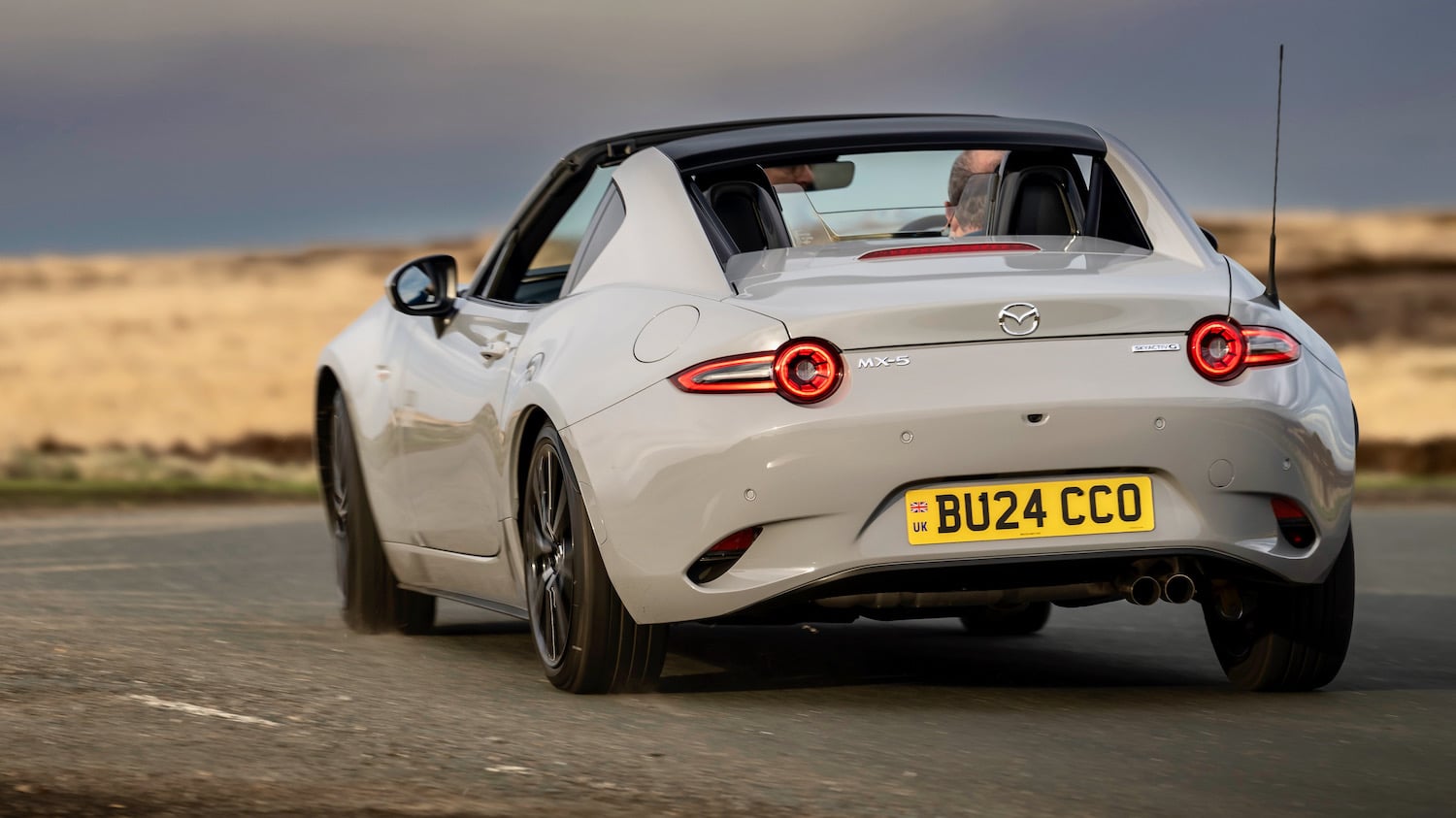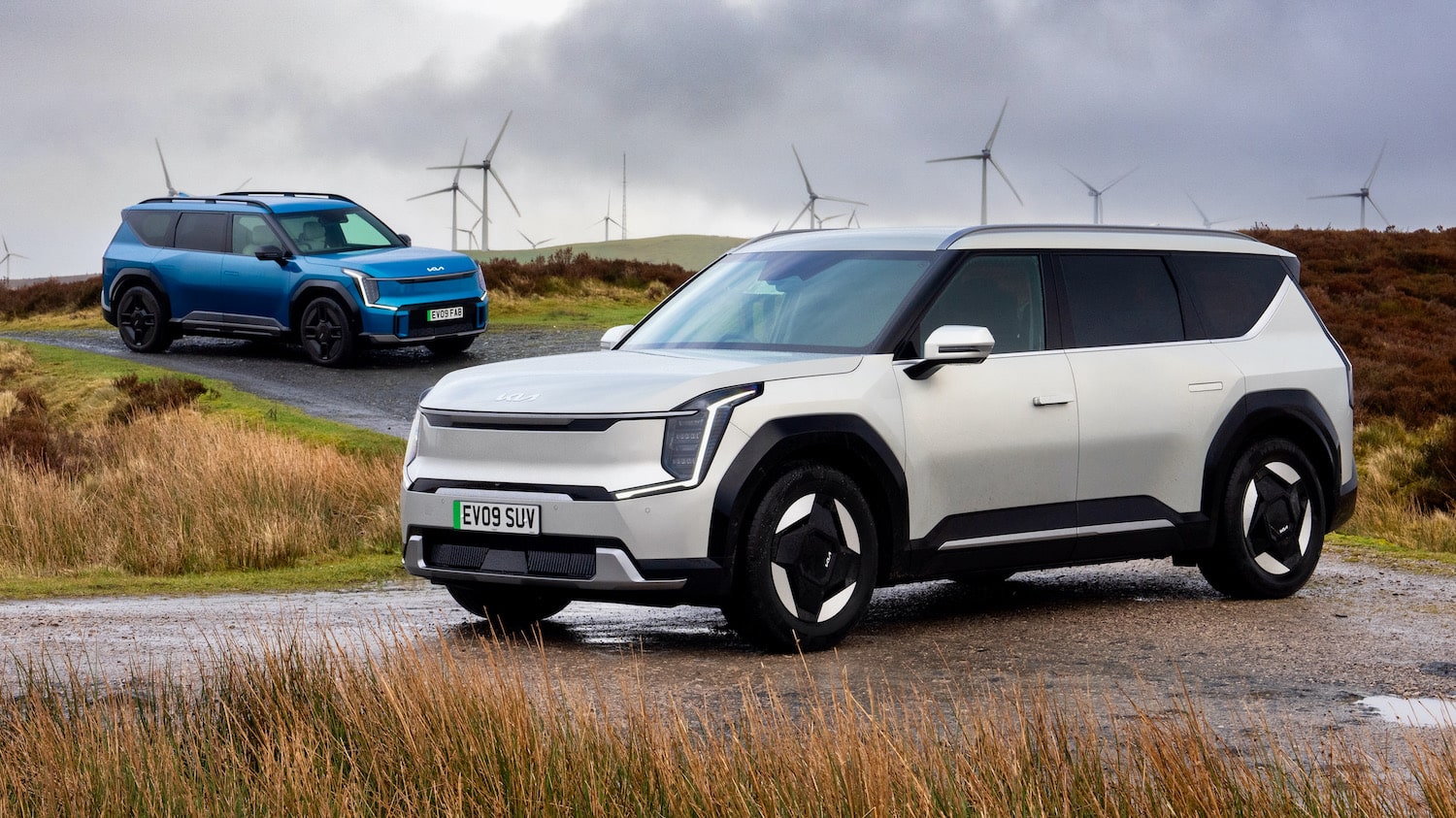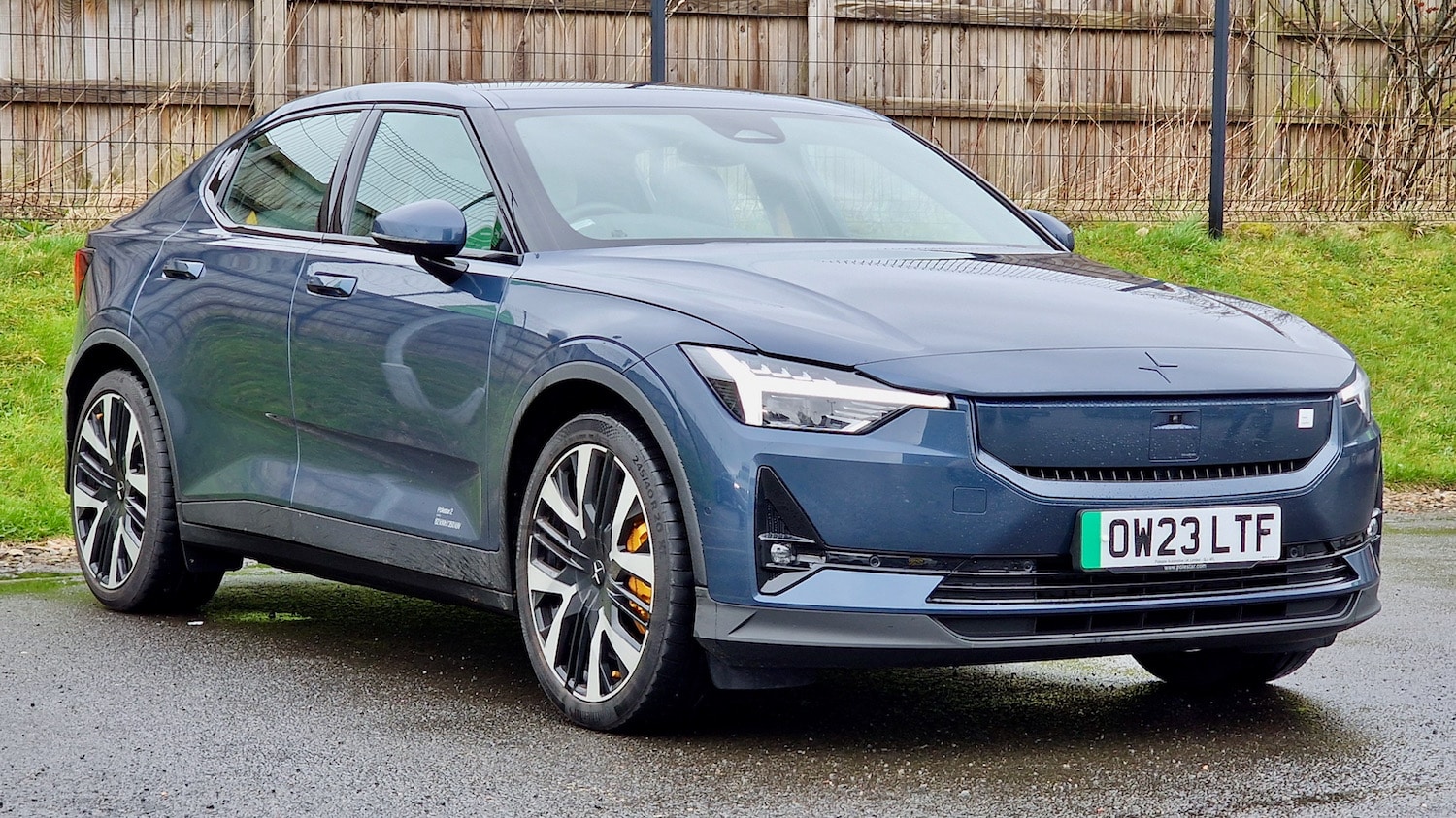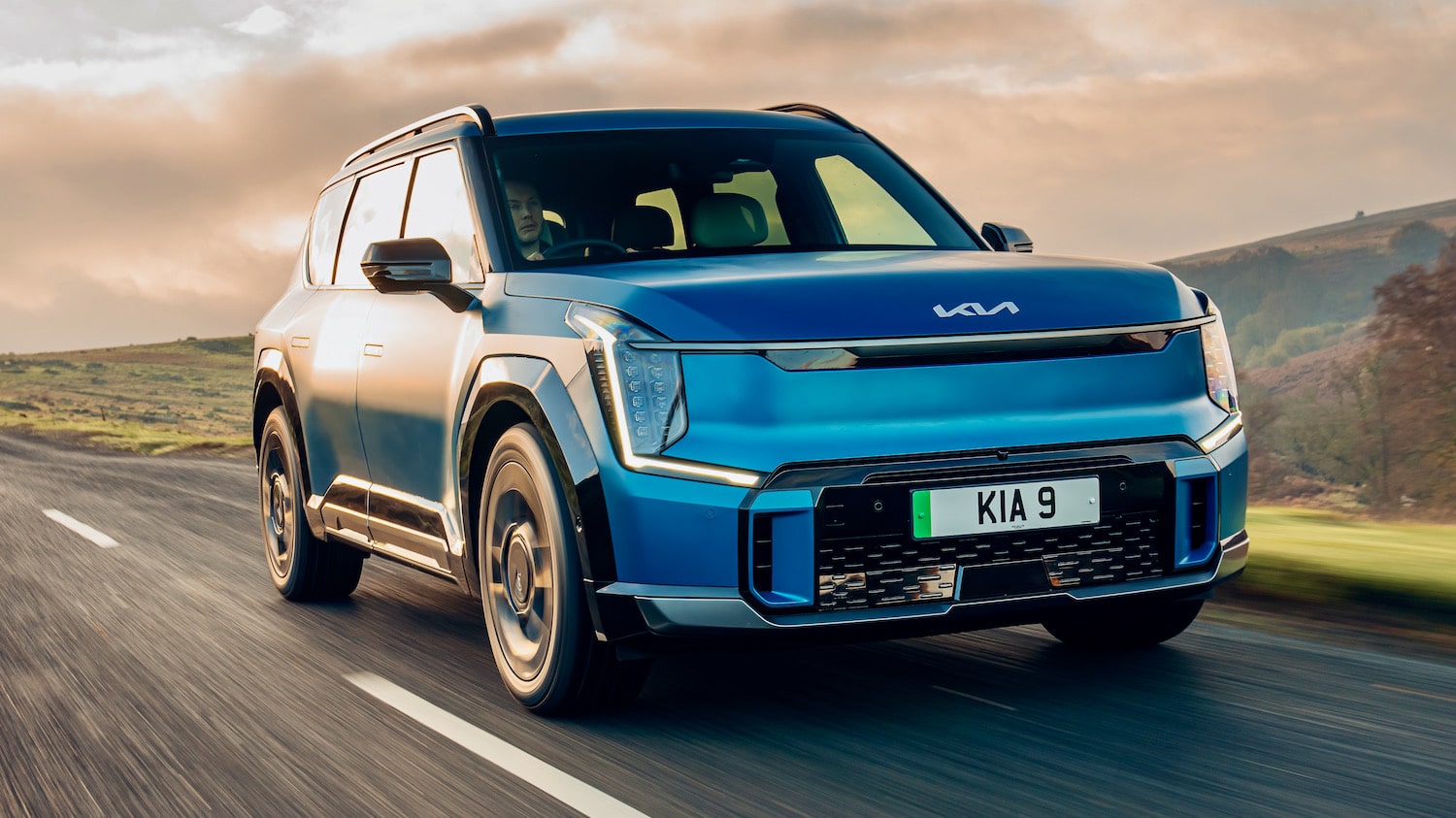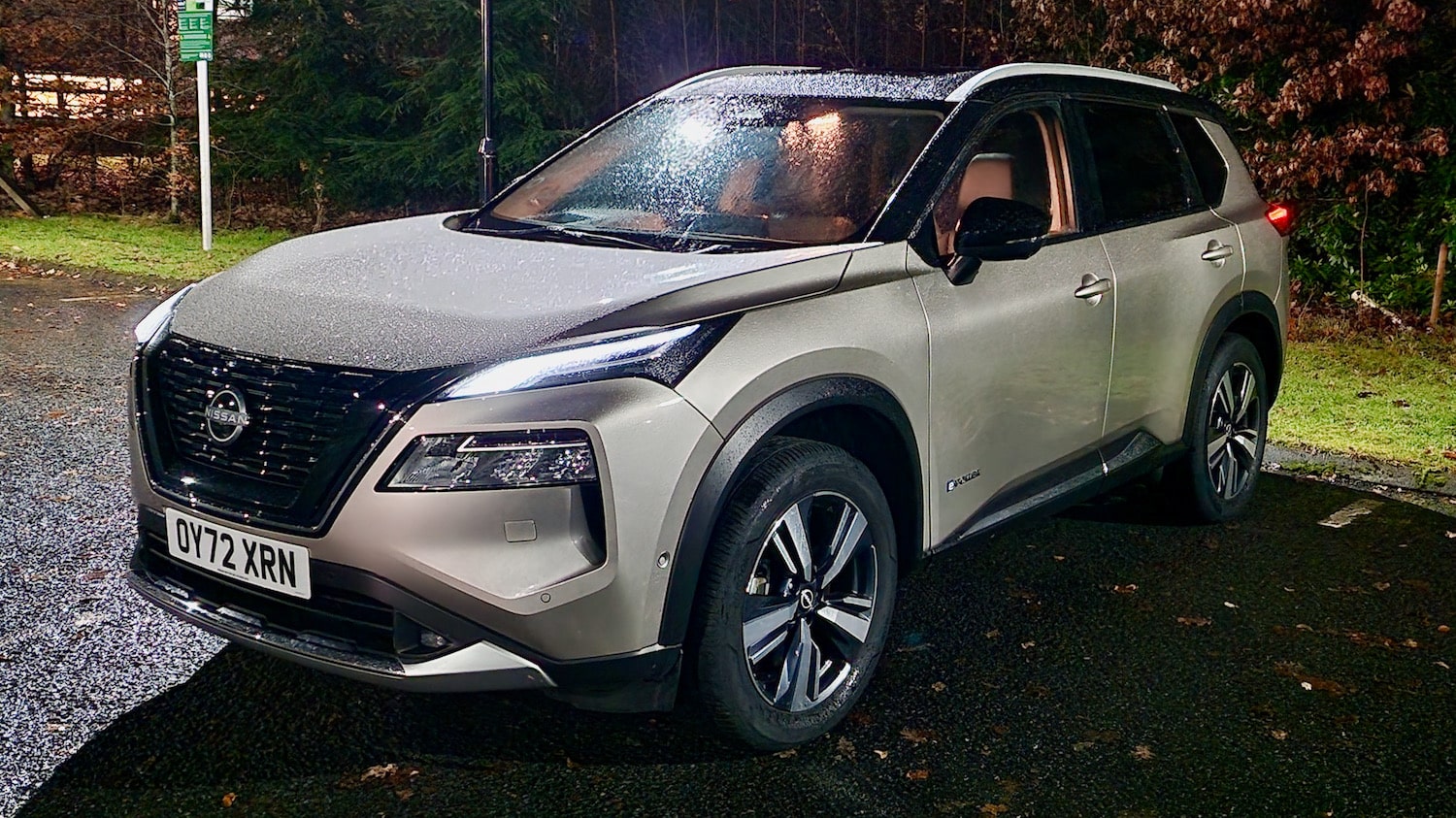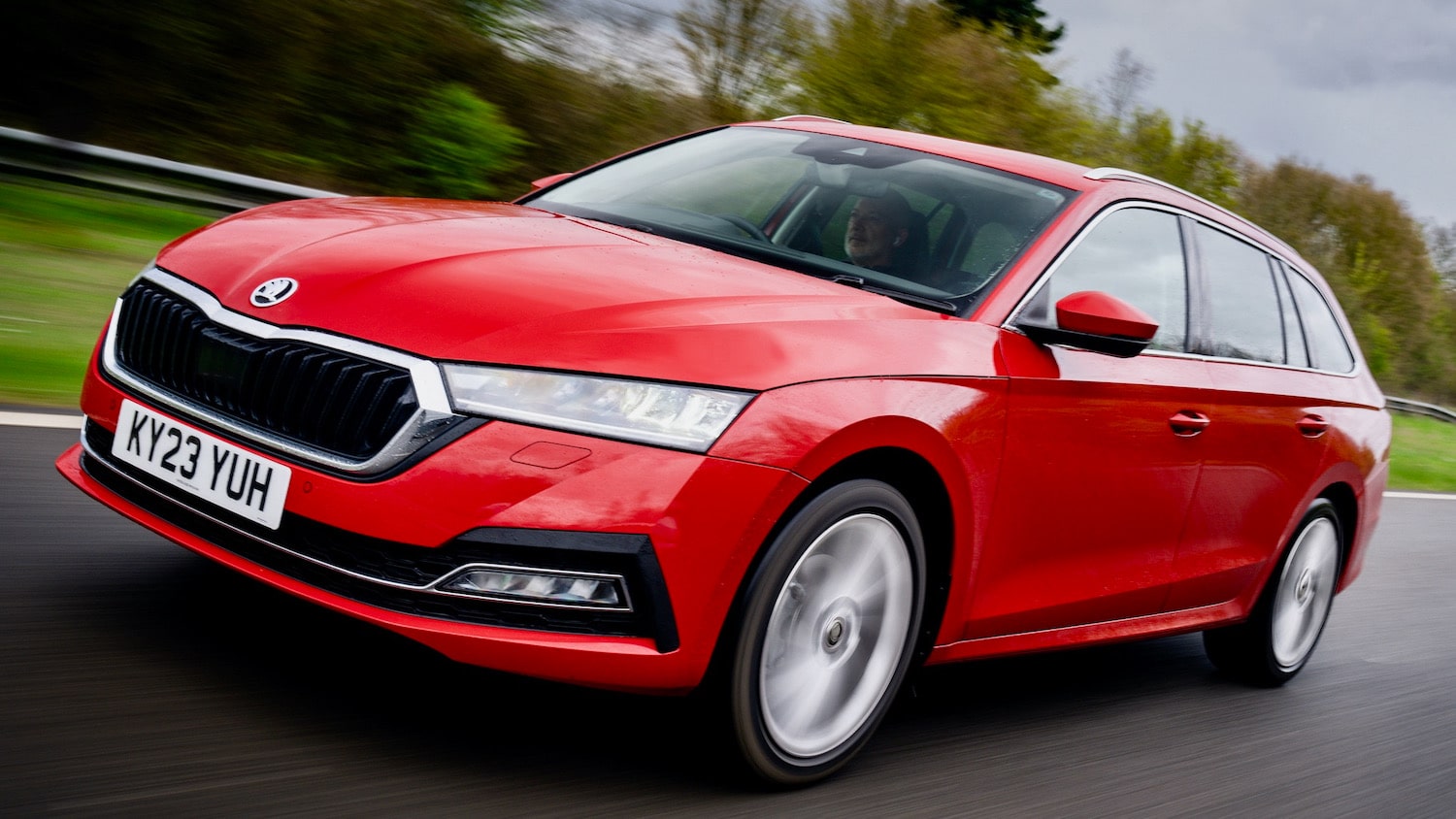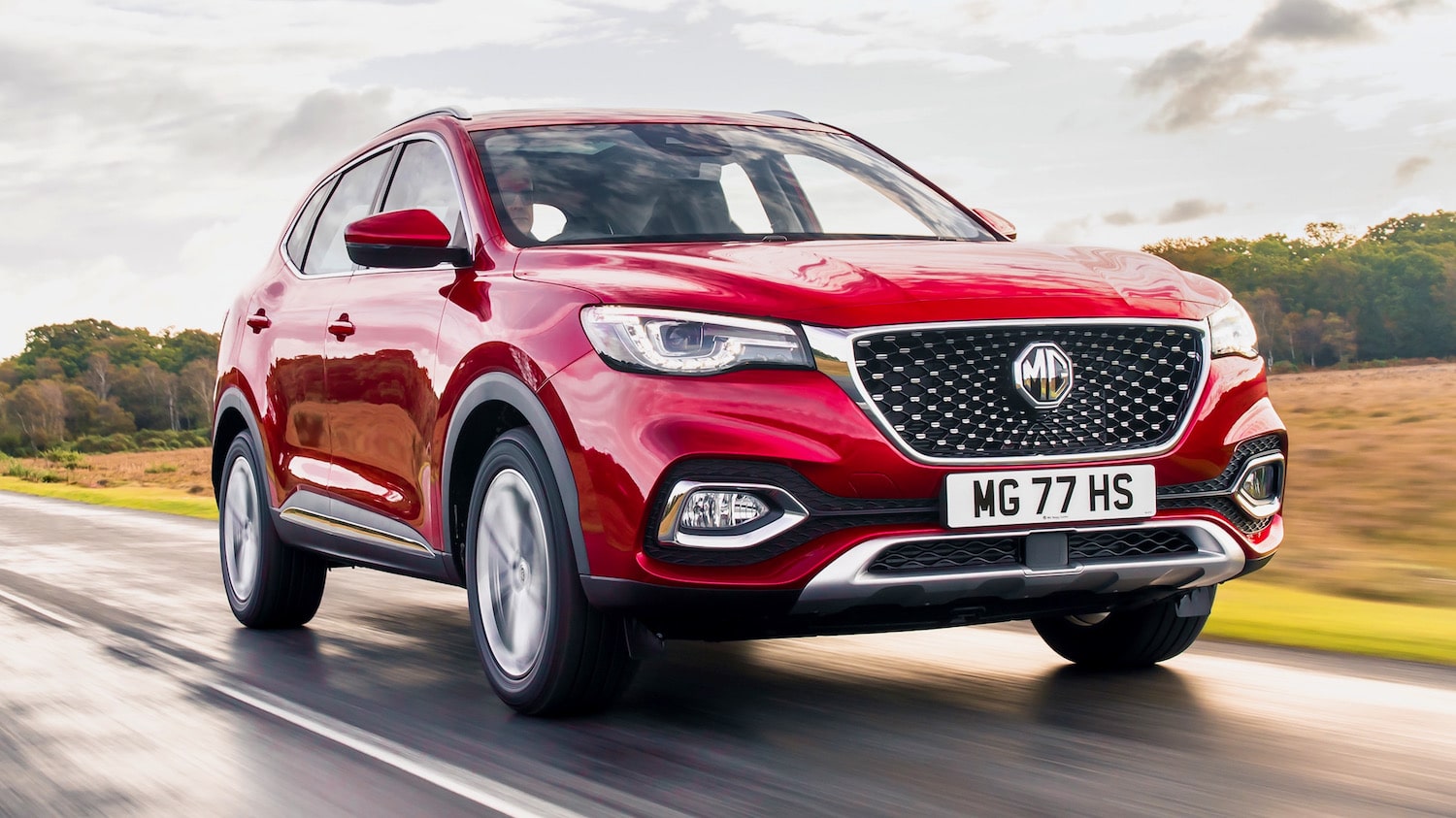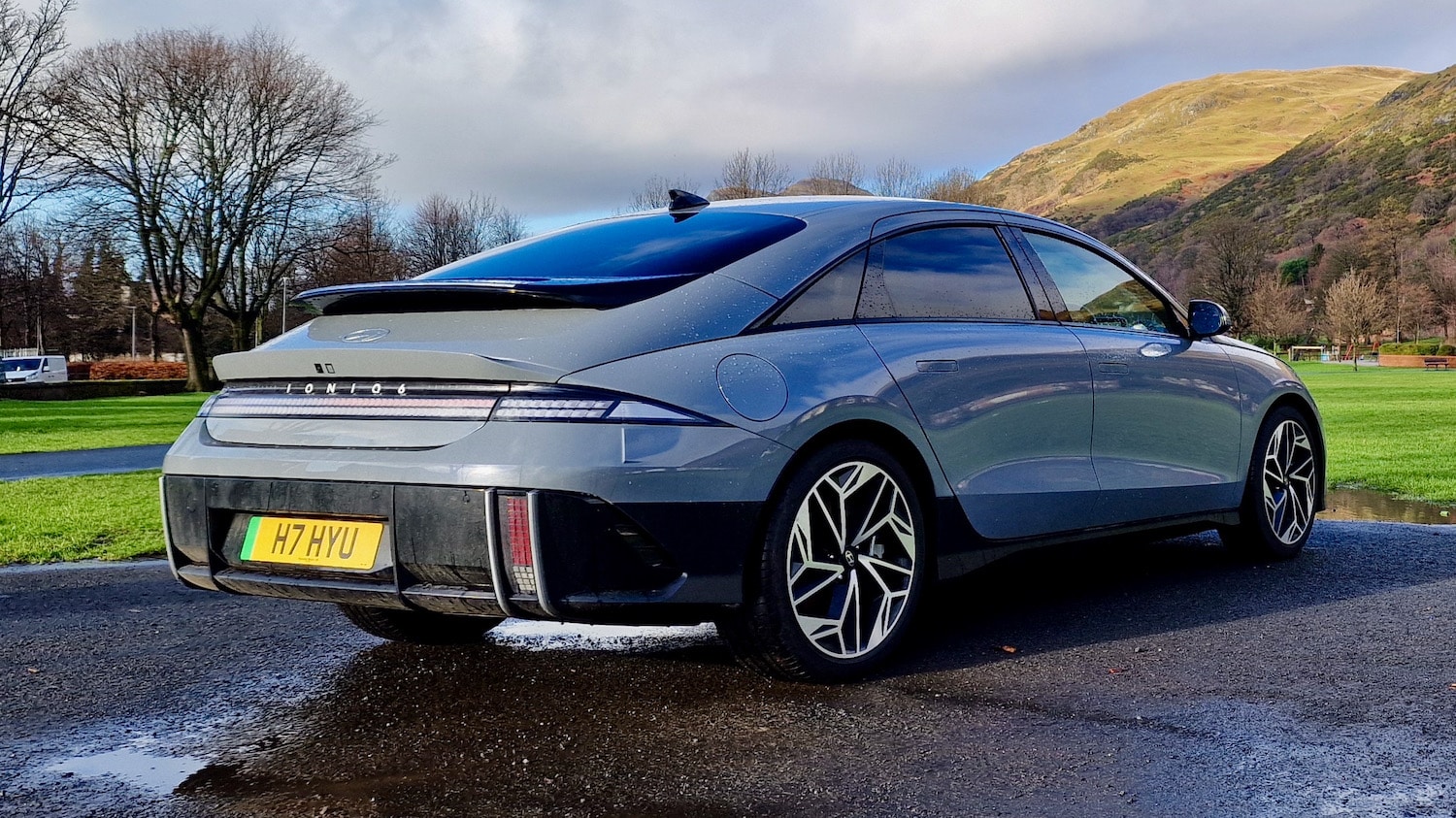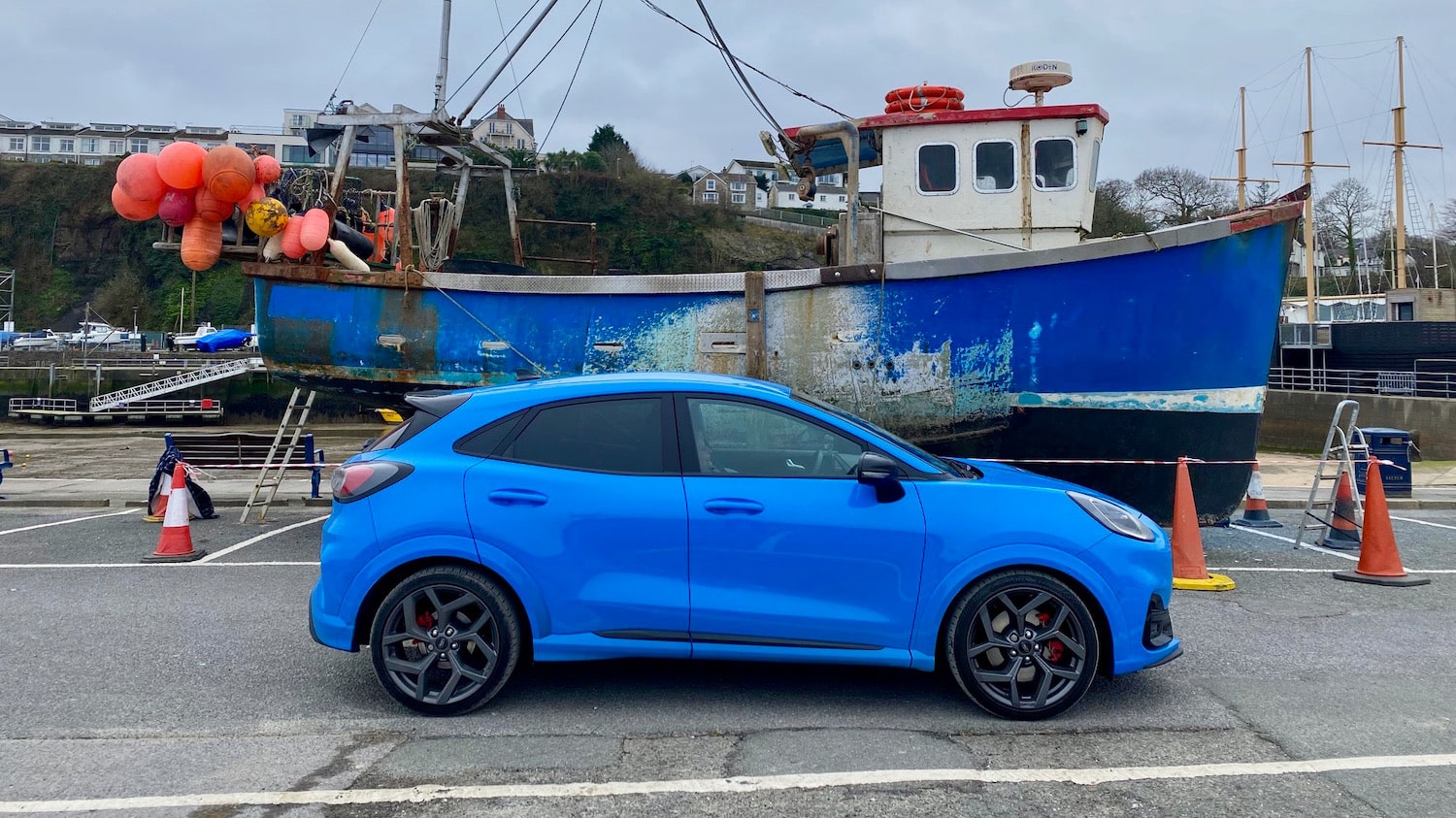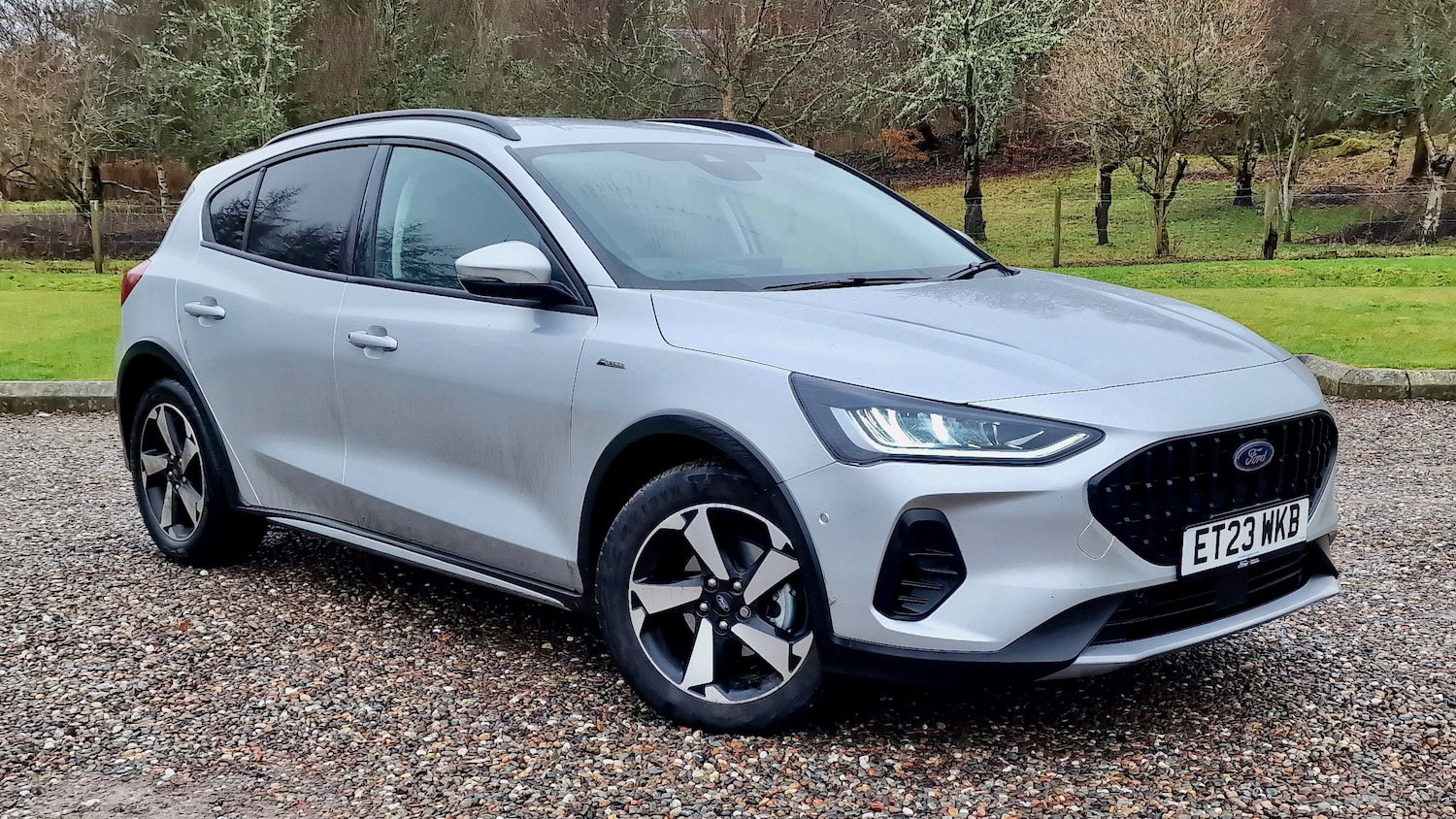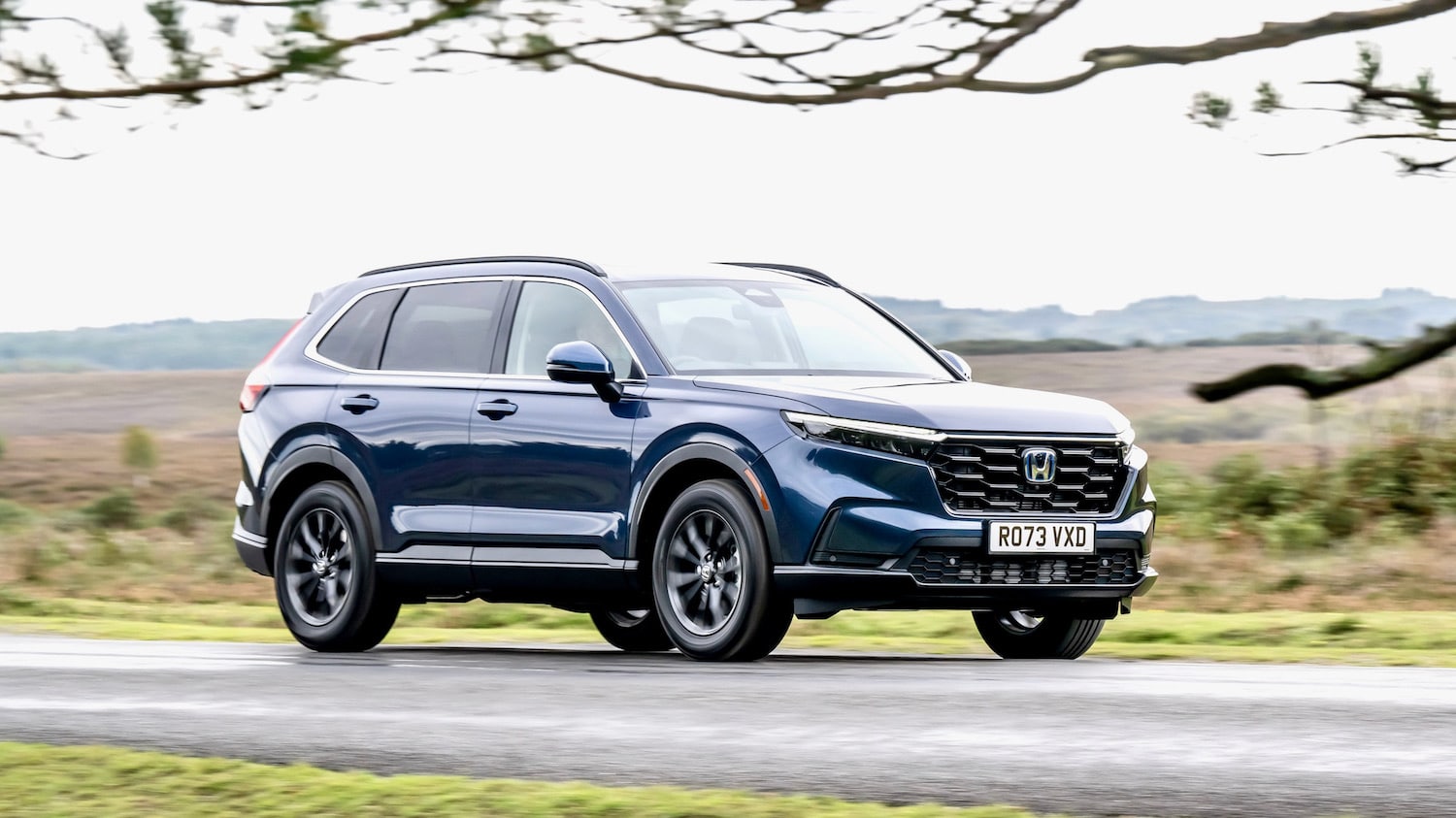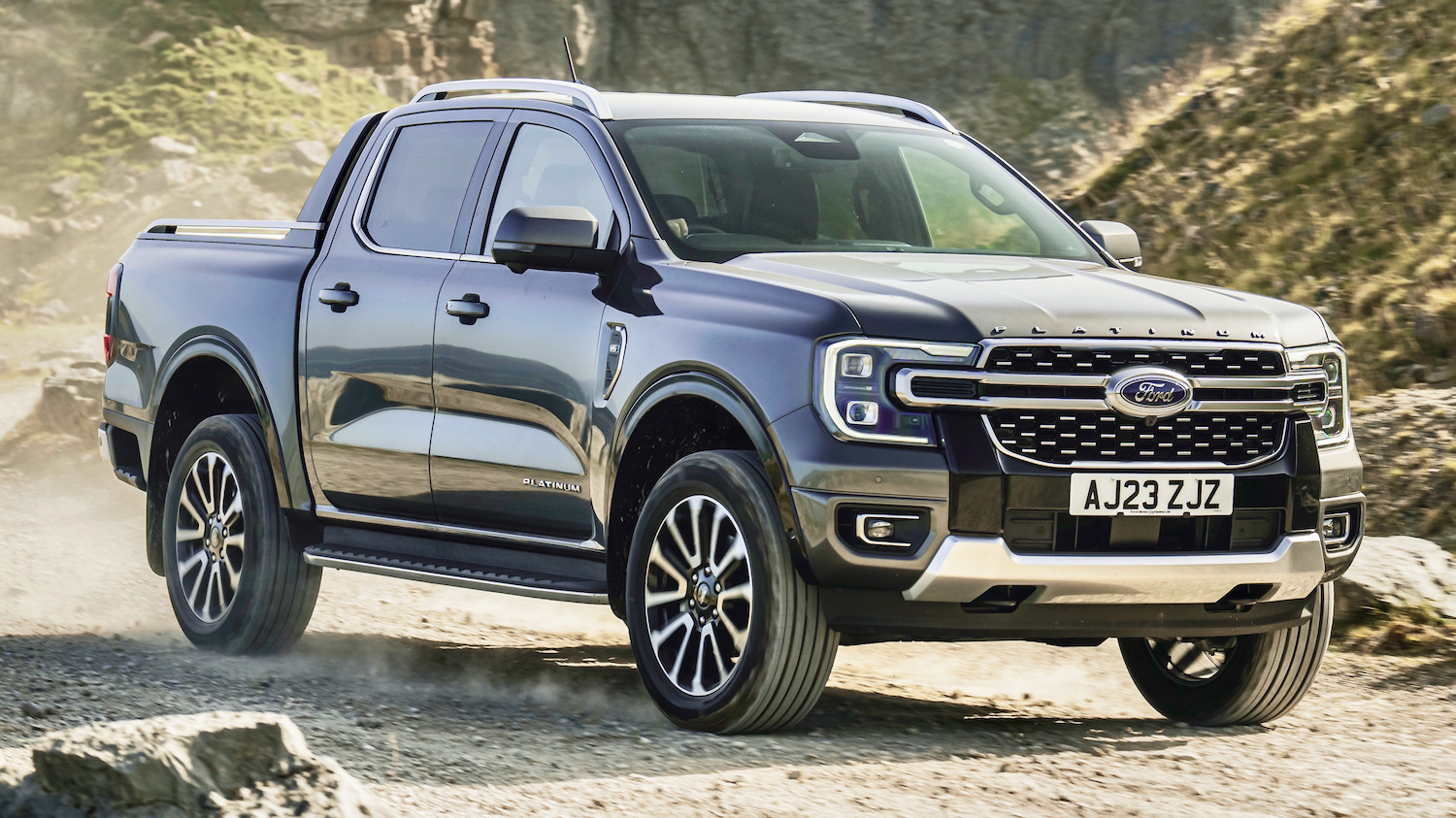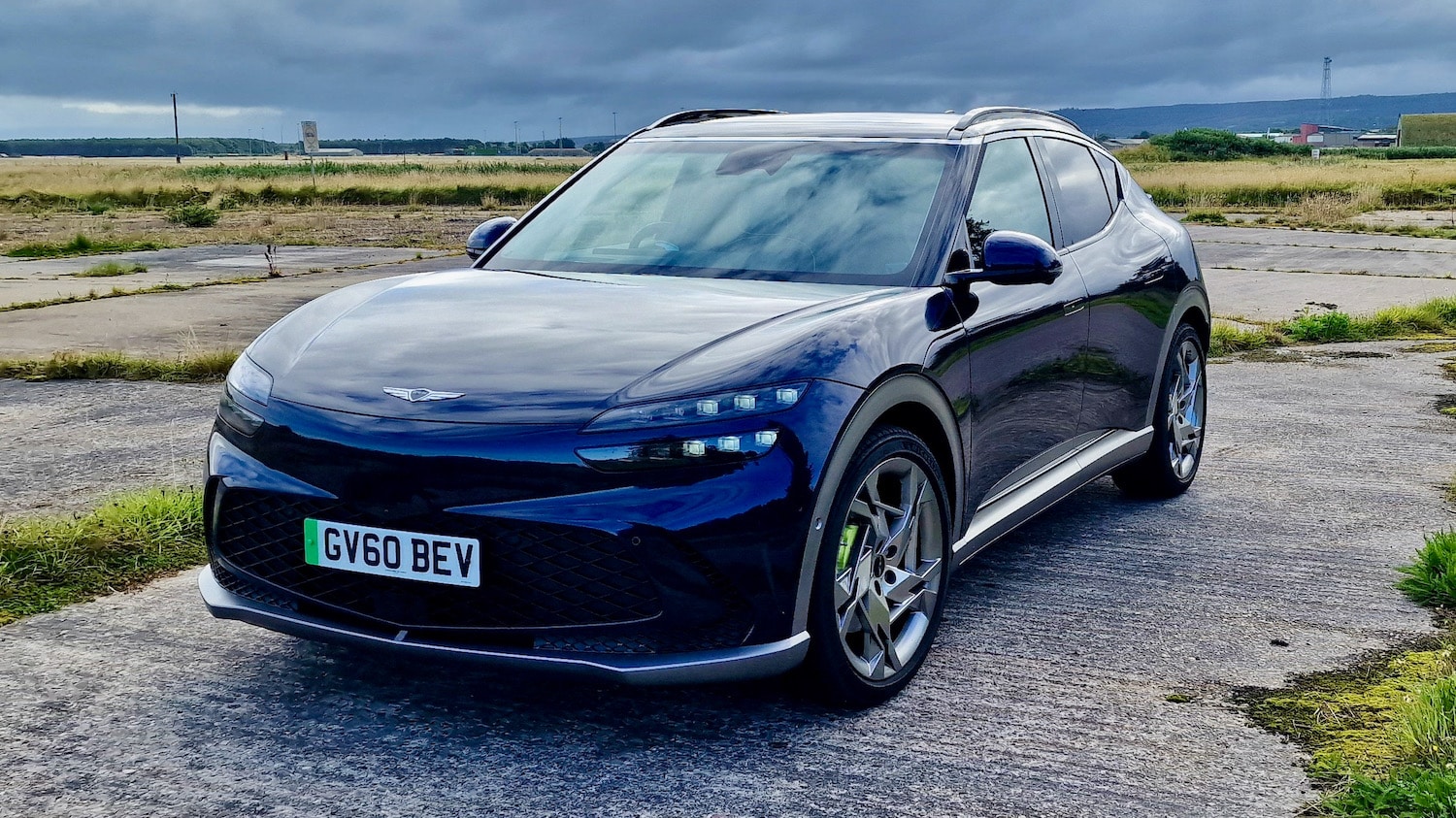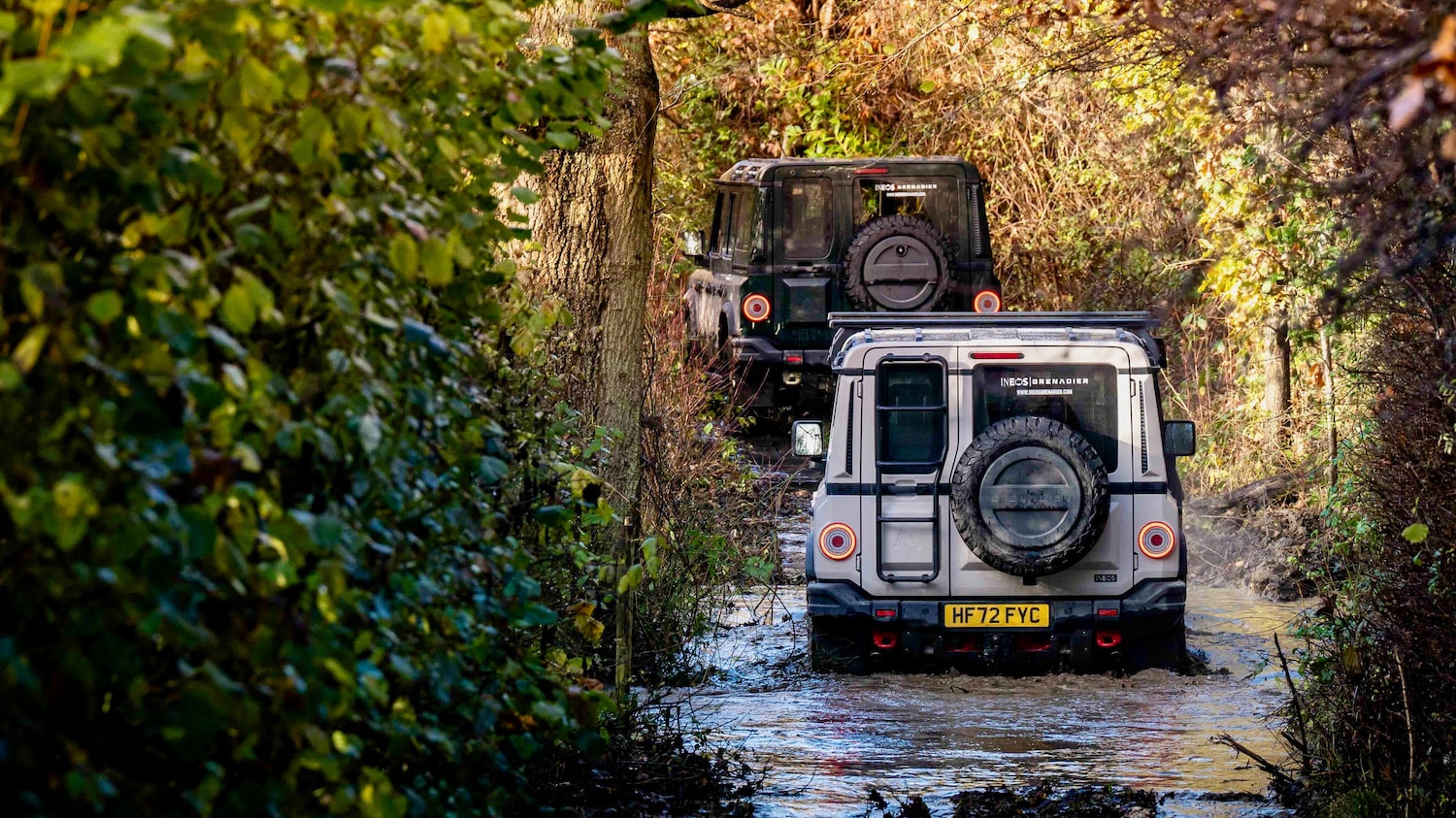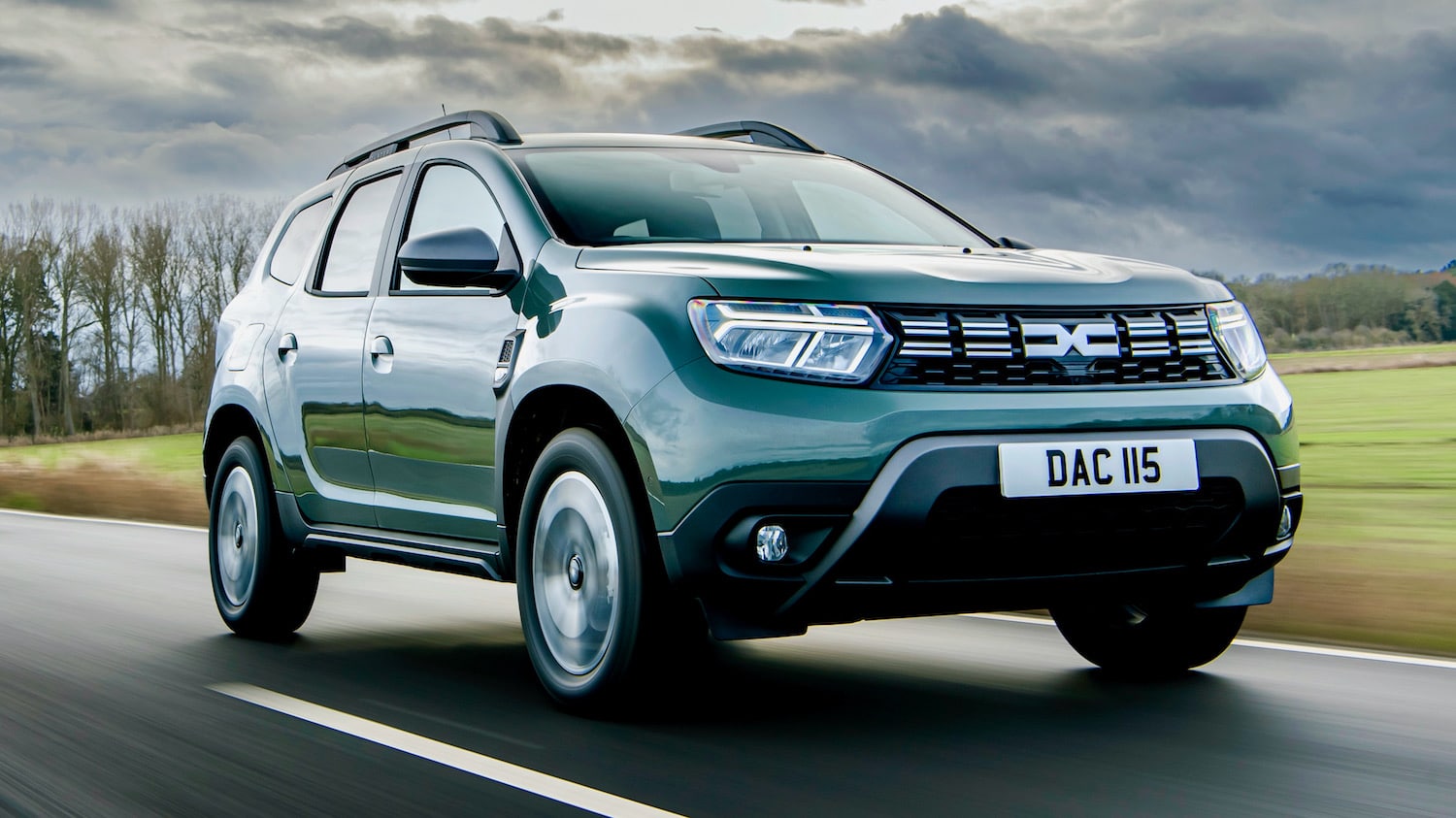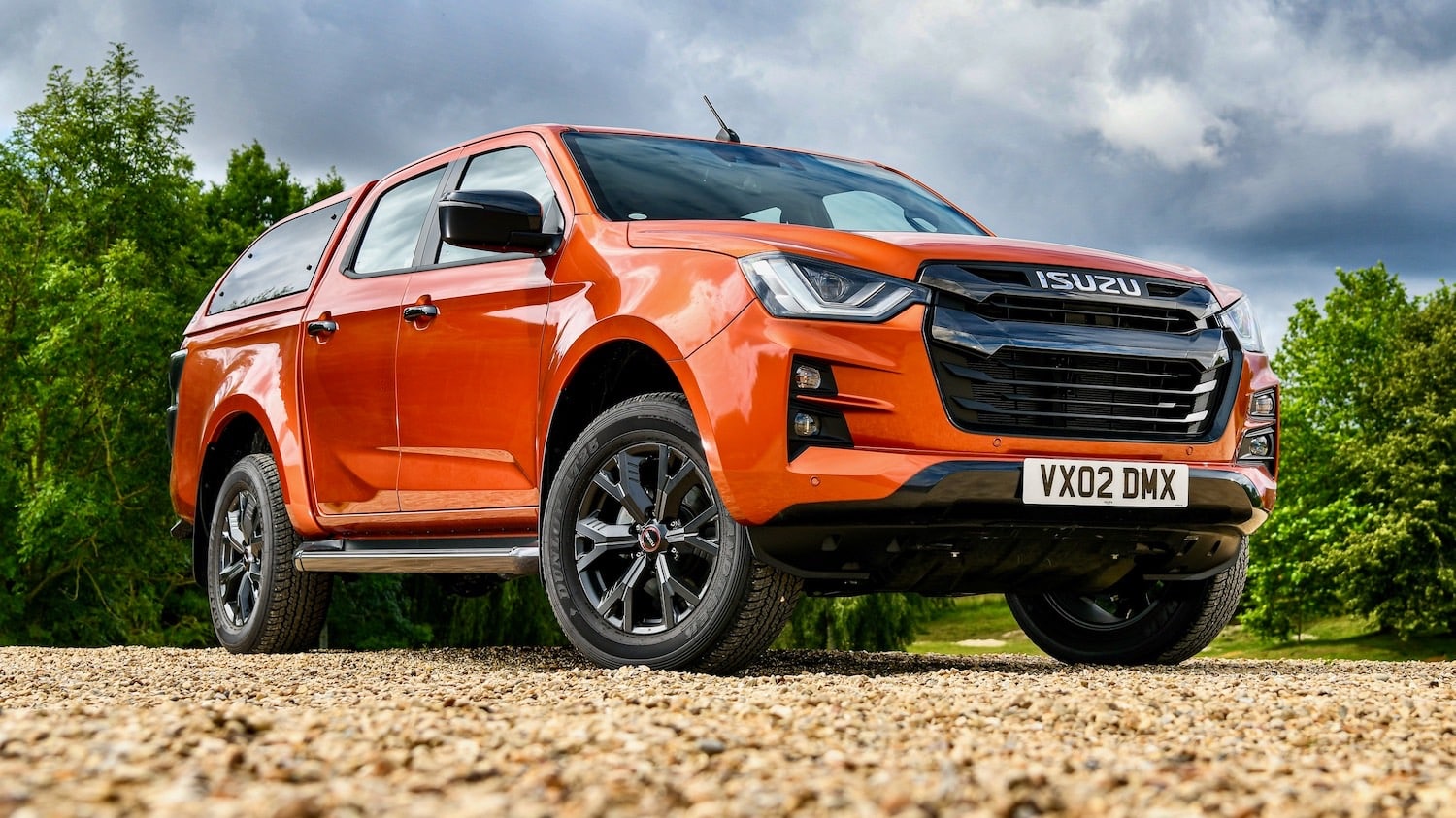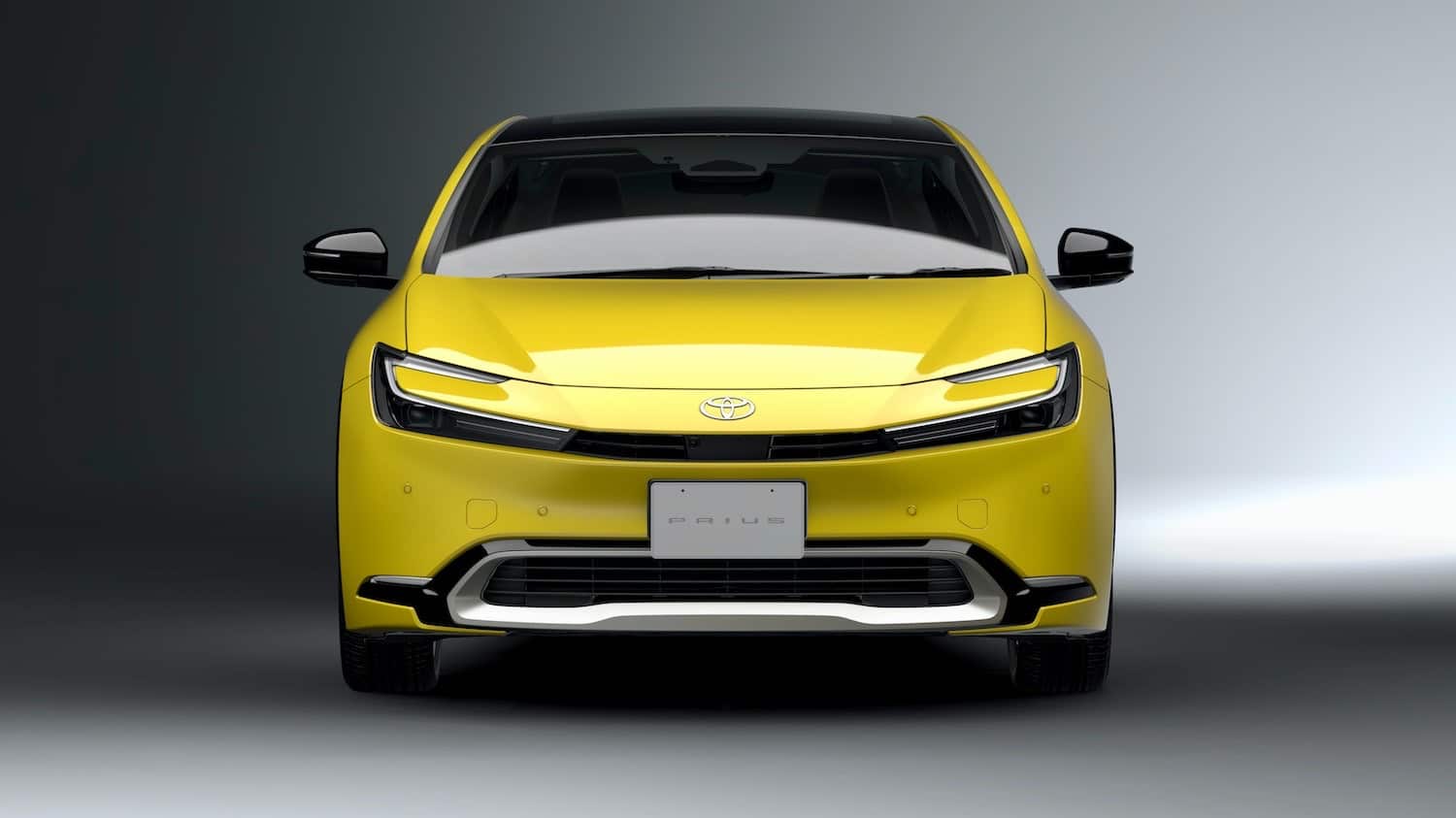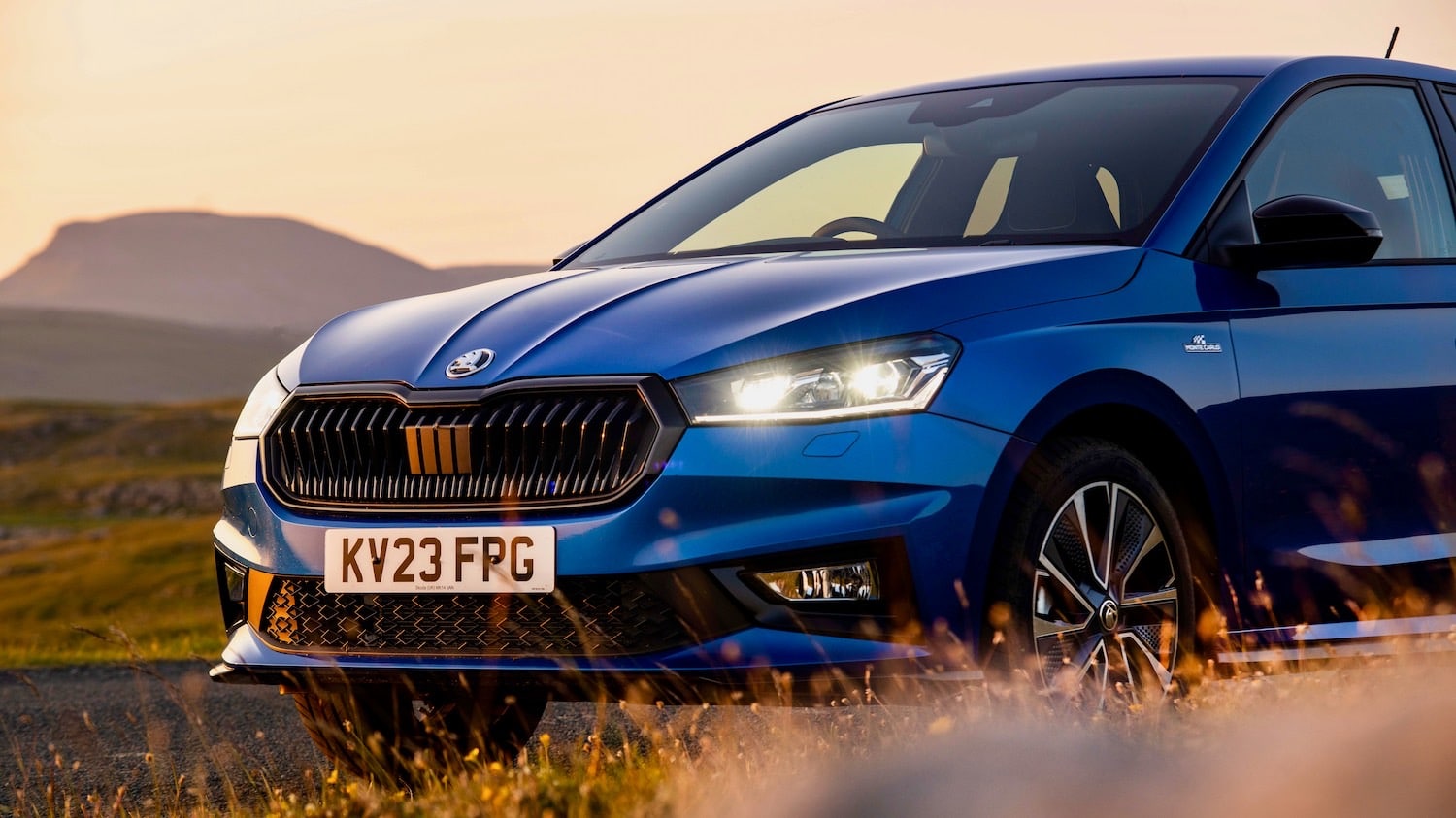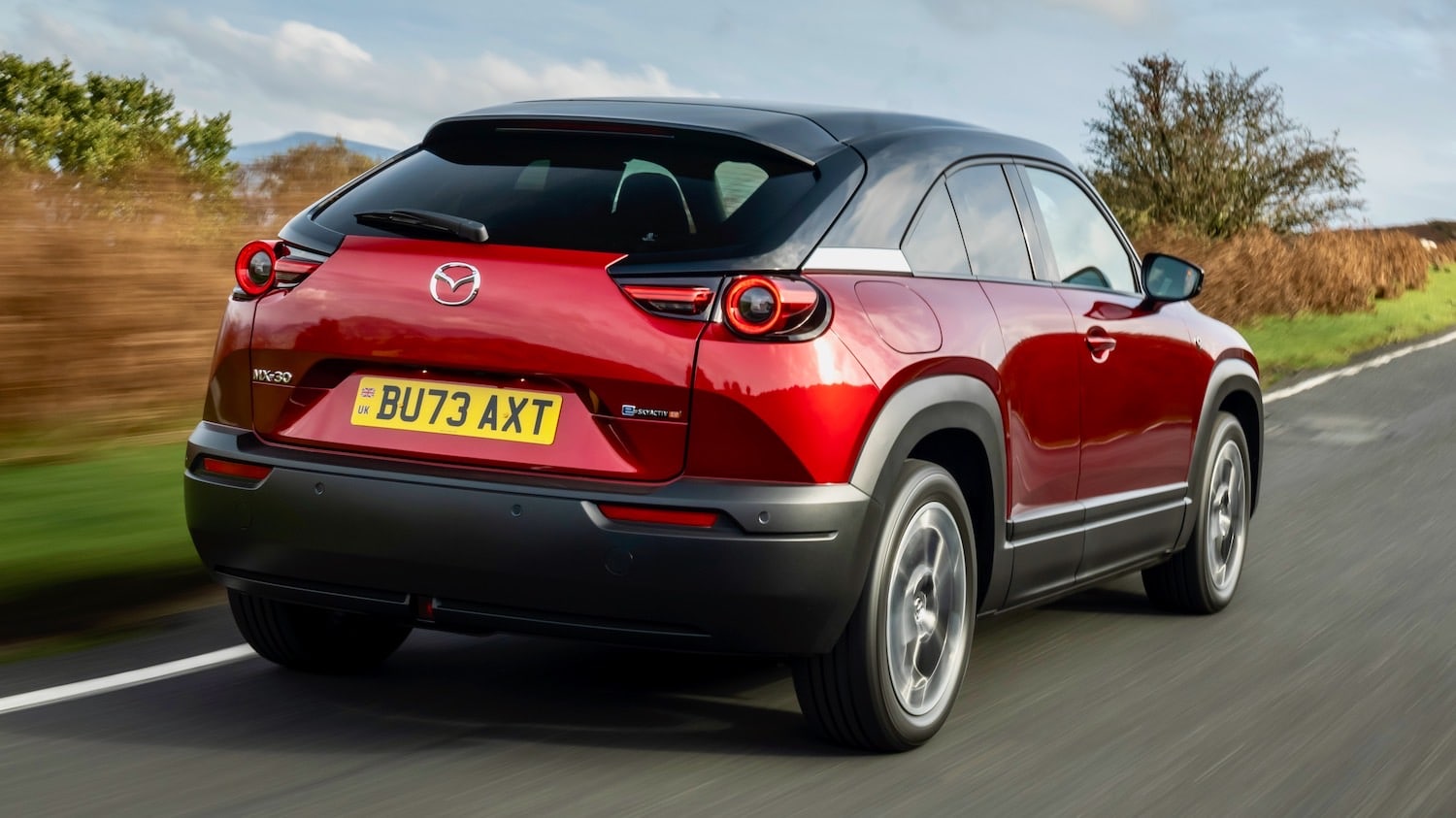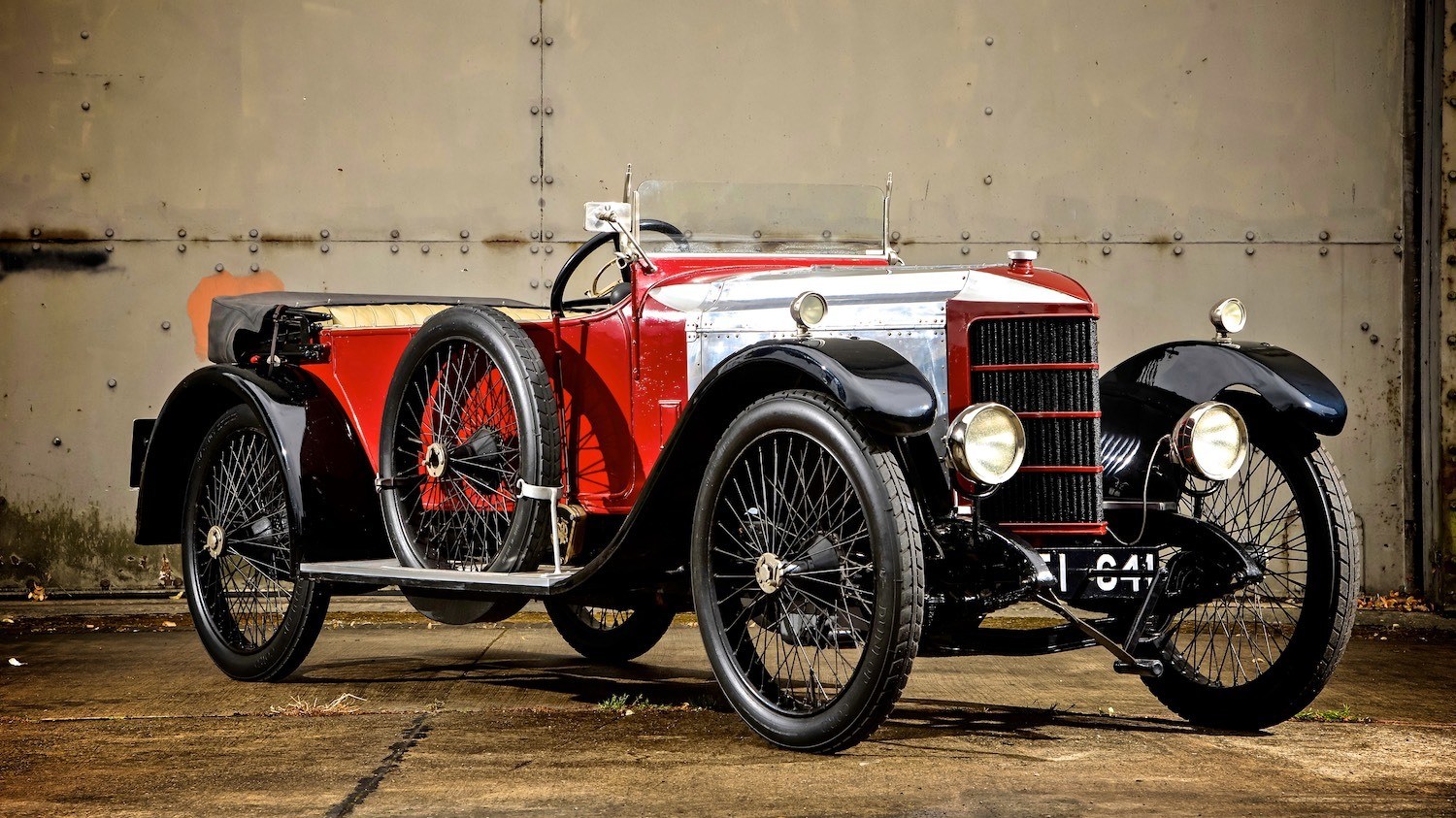Vauxhall celebrated 70 years of their heritage museum, with the ‘Griffin Greats 7’ Heritage day out…much enjoyed by Tom Scanlan
Old cars leave most people cold…why on earth trundle about in something that might not get you to the end of your journey?
But mad people like me love old cars — in fact, the older, the better.
So an invitation from Vauxhall to try out a selection of cars from their Heritage Collection made me look twice and pinch myself.
The Vauxhall name came, quite simply, from the site of their first factory. It was at Vauxhall in south London. There is now a supermarket where, 114 years ago, the first primitive Vauxhall emerged.
The event was to celebrate seventy years since the company started its heritage collection. Now they have, appropriately, seventy cars.
They have a 1903 car in the collection, but, on the day, it was their 1904 model that was the oldest car I could have a go in. Tiller steering and weird controls concentrated the mind, but we (Terry Ford from Vauxhall’s Heritage fleet and I) were very lucky that the drive was in the Bicester Heritage Centre on their private track. A heady 25 mph was reached along the straight. Not bad for that early single-cylinder 1-litre engine.
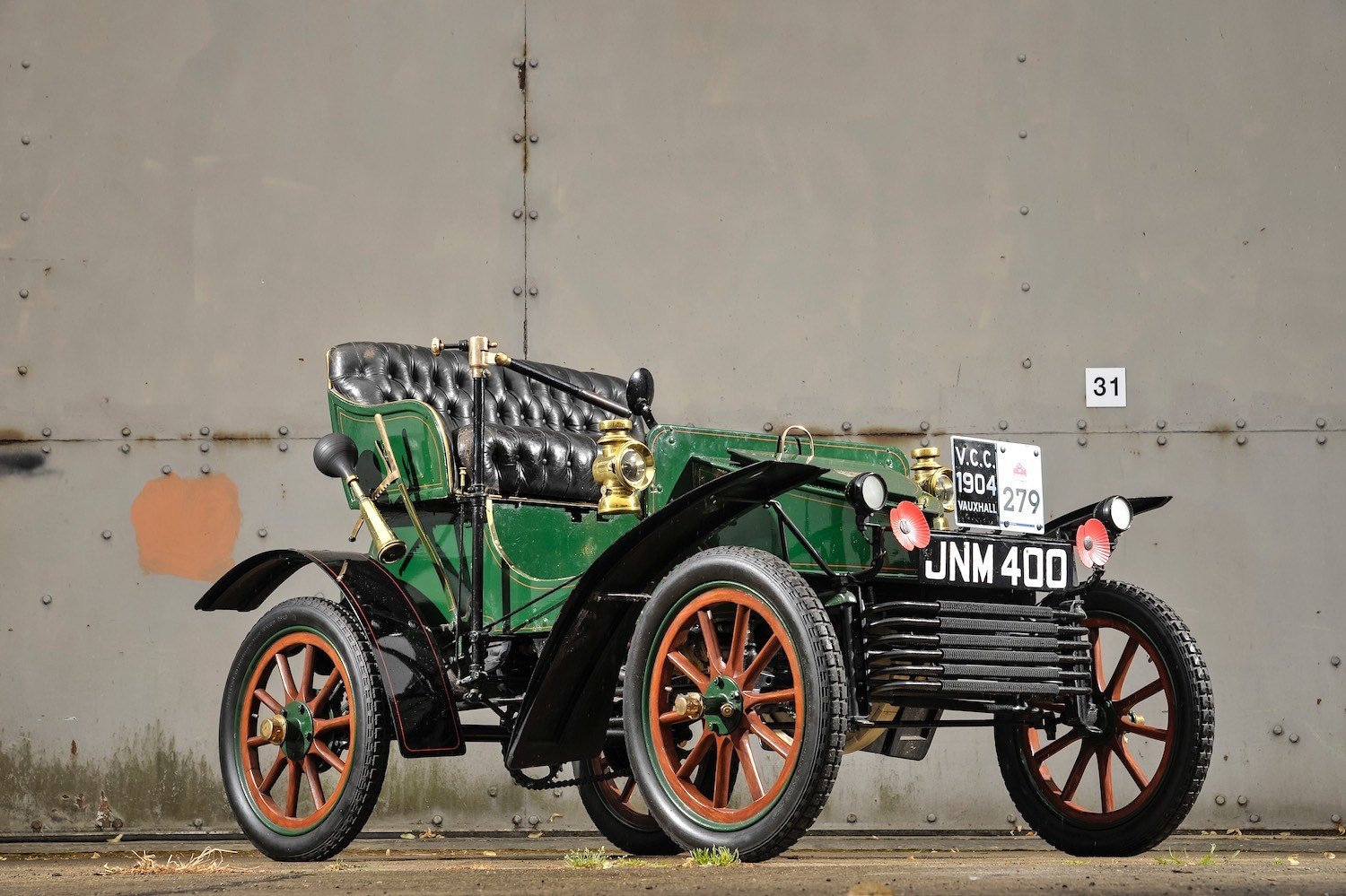
The 1909 B-type demonstrated just how much further Vauxhall had got in five years. There was a steering wheel, three gears and a gear-change that current young modern motorists can understand, well, that’s to say if they know what double-declutching is. The engine by now had four cylinders and 2.3 litres enabling 50 mph and the handling was surprisingly good.
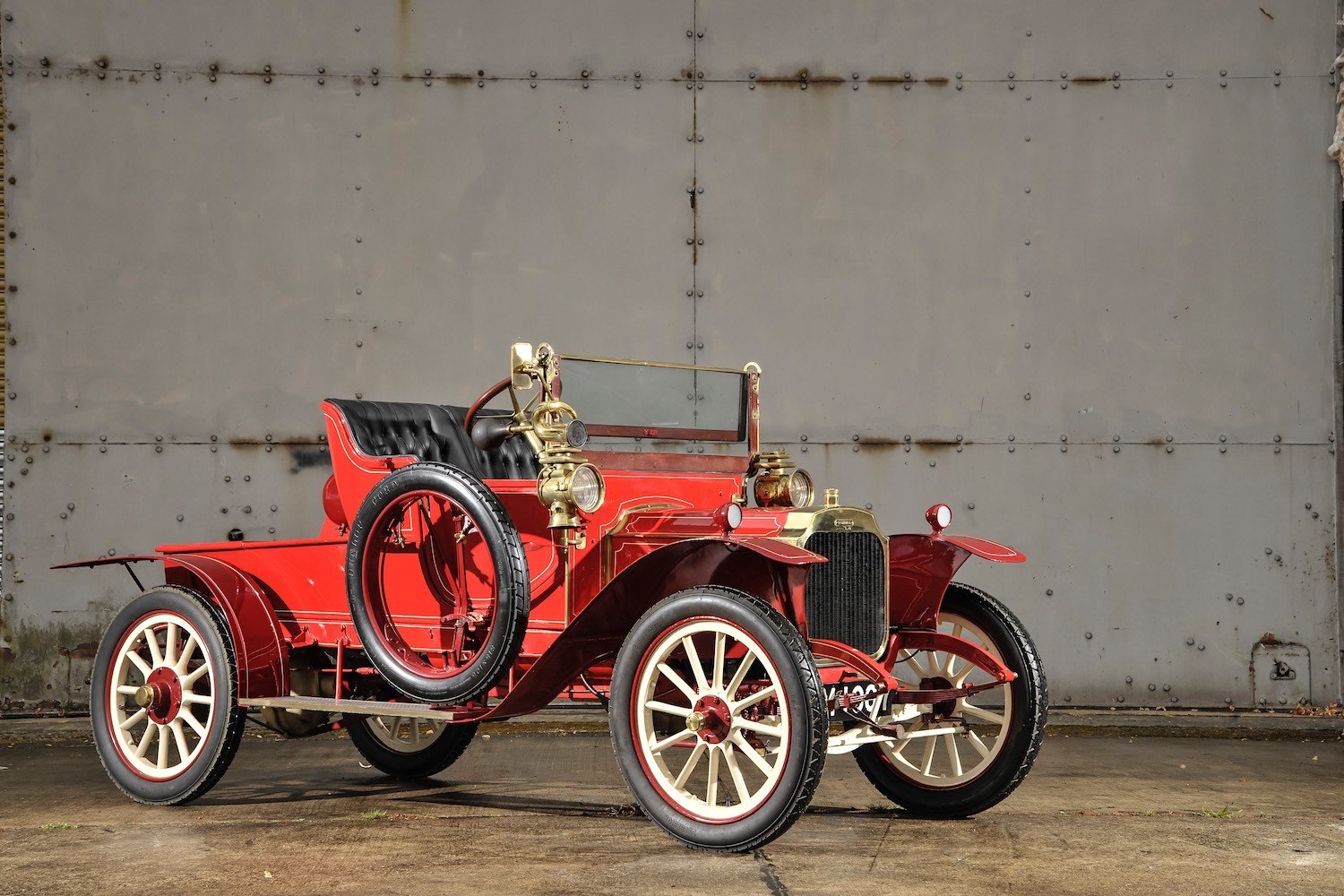
For me, the really exciting bit that I much looked forward to were, in age progression, the pre-Great War ‘Prince Henry’ and the 1920s 30/98.
The earlier car, named for the Prince Henry Trials, he being a grandson of Queen Victoria, is, in fact, the earliest-known remaining of its type, built in 1911. It came to be called the World’s First Sports Car…perhaps the designer’s son, who came up with this in the magazine of which he was the editor, had more than a little to do with this. Whatever, a marvellous experience it was to get behind the sizeable wooden steering wheel, to hear the unsilenced exhaust cutting through the air, and the whining of the gears. Using double-clutching for up changes and learning to time them so that there was no crashing of cogs was most satisfying, as was blipping the revs for down-changing. The cone clutch made smooth starts quite a challenge, but, once under way, Prince Henry Vauxhall was capable of 65 mph. Oh yes, and Vauxhall acquired their 3-litre Prince Henry for fifty quid — in 2016, another of these extremely rare cars was sold for £600,000.
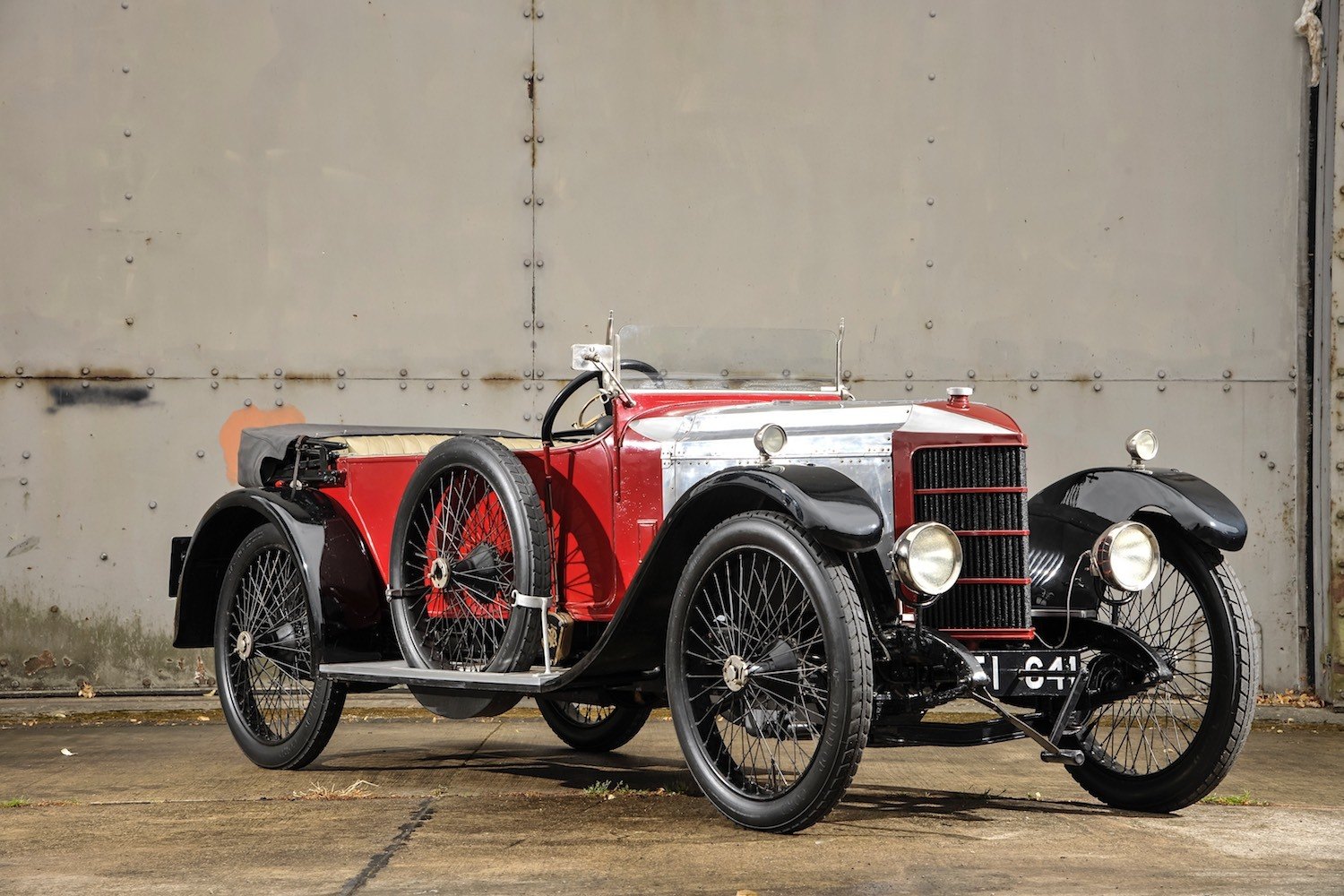
So to the 30/98. These high and handsome fast touring cars, said to be the first production car in the world to be capable of the magic 100 mph, were true rivals to Bentley, which is THE vintage make for anyone with a passing interest in sporting cars of ninety years ago. I climbed aboard from the passenger side because there was no driver’s door. Once again, accelerating this splendid car along the Bicester straight, braking only with the outside hand-brake for the bend, double de-clutching and then working the fore-arm muscles to hold the historic machine tight round the curves lap after lap, was truly a memorable experience.
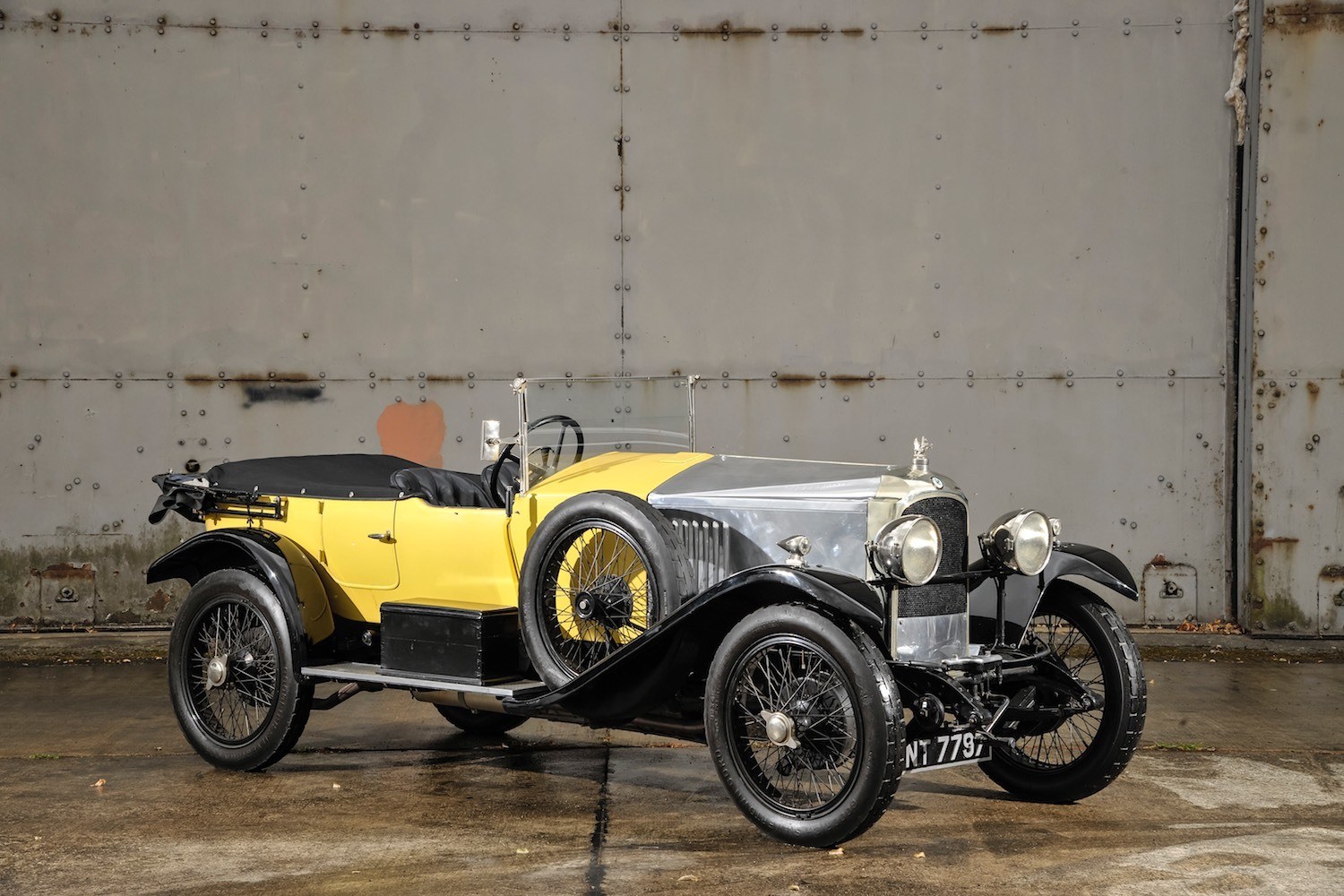
In 1925, Vauxhall had been taken over by General Motors and things had to change — for sheer survival.
At Bicester, the first example of the new regime’s output to try turned out to be utterly charming; again, not a small car and in fact the much more refined 3-litre, 6-cylinder T Type 20/60 in Golfer’s Coupe guise. This car was a two-seater with ‘dicky’ seats behind, as it were, in the boot. The golfing bit was a locking compartment across the car perfectly-sized for a set of golf clubs (with hickory shafts and funny names, no doubt!). Driving this car showed again how times move on, particularly in the T Type’s easy gear change.
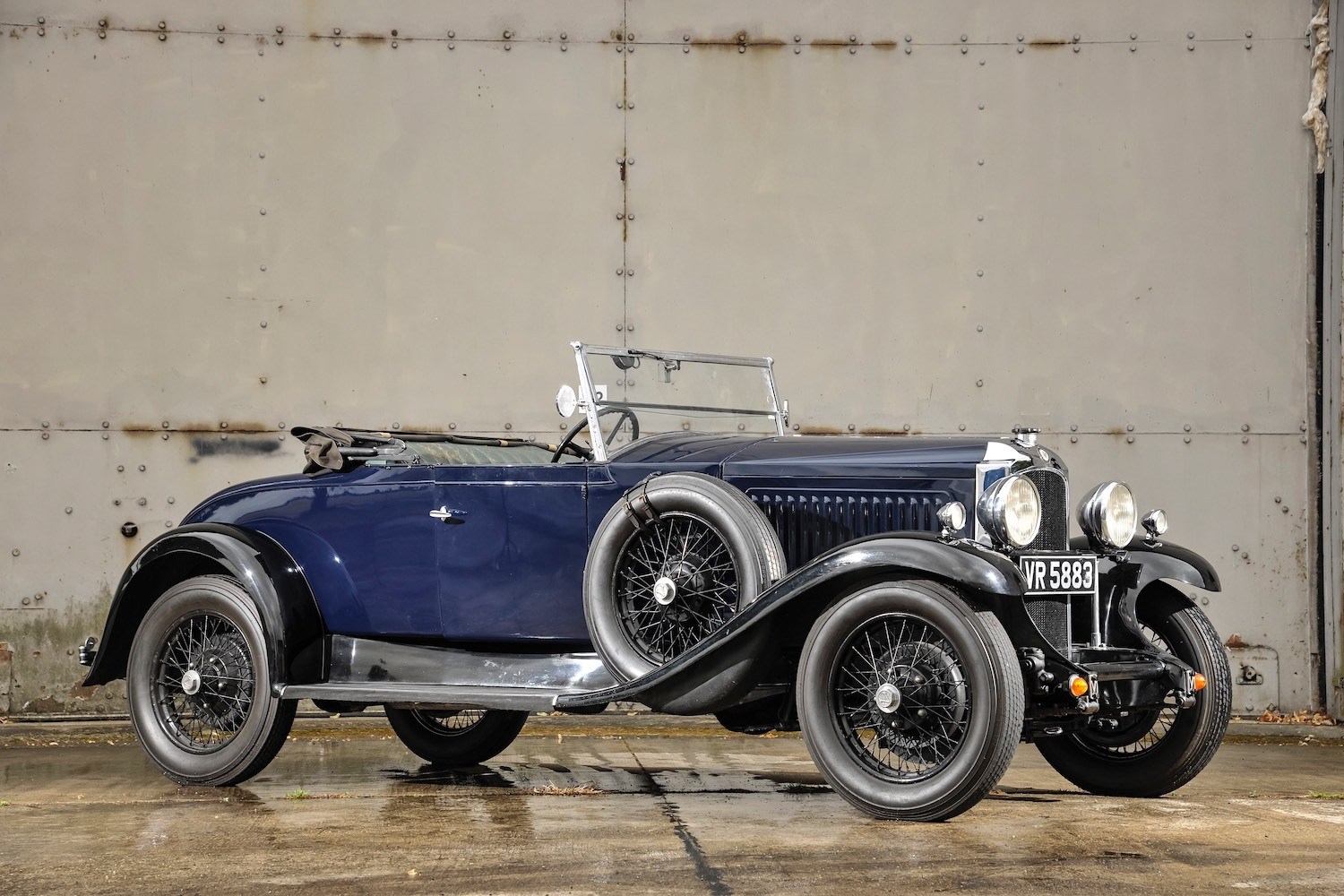
So now, on Vauxhall’s Griffin Greats day, we hit depression times: later in the 1930s, the carefree days of the cars for sporting gentleman (and women sometimes) are receding and only for the wealthy.
Although they continue to manufacture some quite large cars, Vauxhall starts to produce cars that are more affordable and to be bought by the family man.
From 1937, the H Type Ten-Four was, in fact, a very advanced design, with unitary construction, torsion bar front suspension and hydraulic brakes. Driving it, however, was quite different once again and without any of the joie-de-vivre of the earlier cars, even if ‘The Motor’ magazine proclaimed it to be ‘one of the most brilliant pieces of design that had been seen in Britain in the last ten years’. Wow at the time, but not now, and, if my turn in the 1949 L Type Wyvern was typical of driving in the early post-war period, then it wasn’t much fun. A rather unpleasant column gear change and much rolling round corners were what sticks in the mind along with a very low driving position. It was noisy and jittery, too. At the time, though, these cars sold well and were considered to be rather good value and economical.

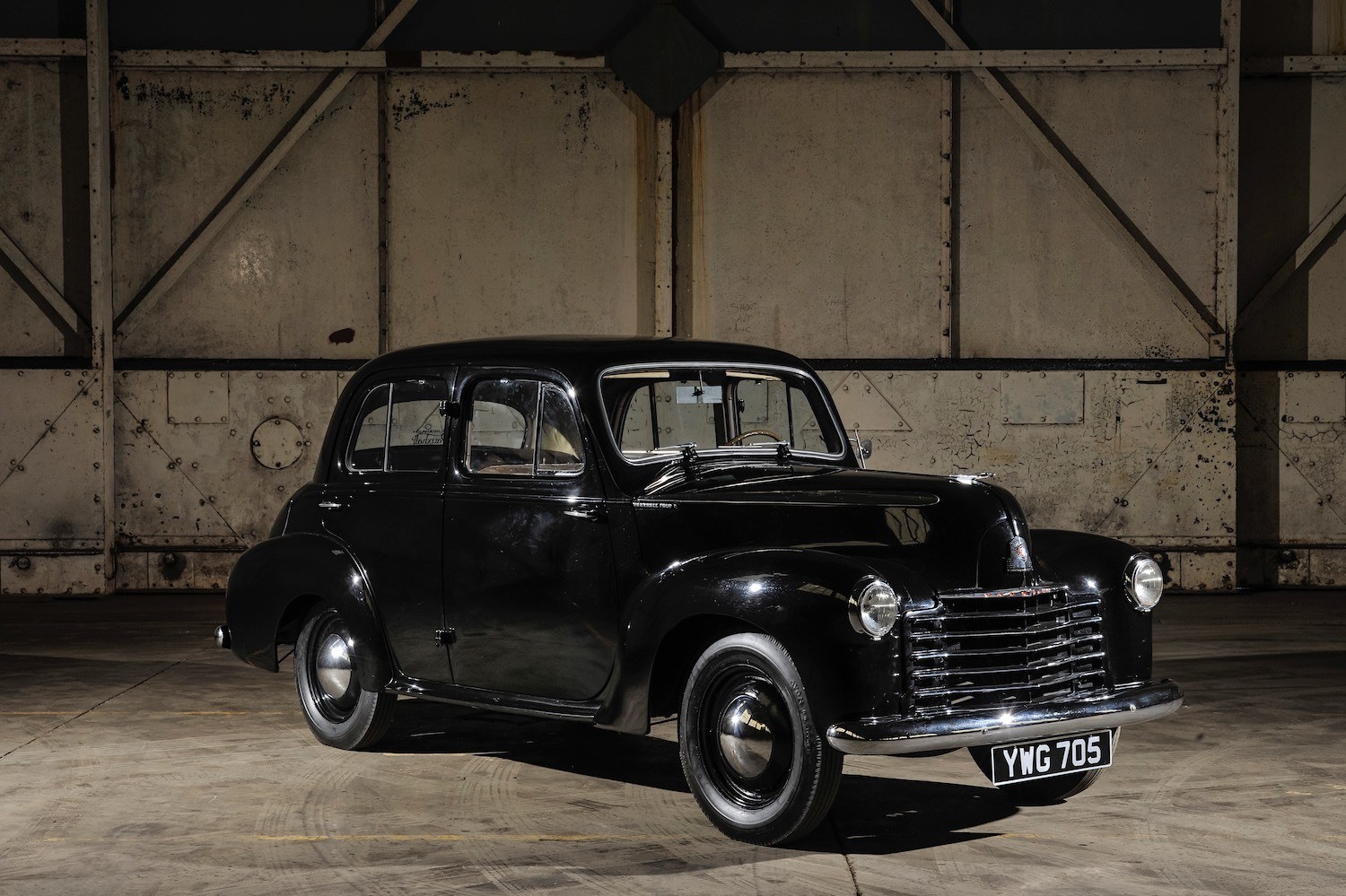
Improvements did come in the next decade, but slowly. Drives in a 1951 Wyvern (claimed to be the liveliest and roomiest in its class), 1957 F Type Víctor and 1959 PA Velox demonstrated, frankly, just how excellent contemporary family Vauxhalls are! Thirty seconds or even longer was par for 0-60 mph acceleration; rolling round bends with squealing tyres and no choice in driving position along with vague steering and various protuberances that would be rather unwelcome if you had the misfortune to crash…well, you get the picture.
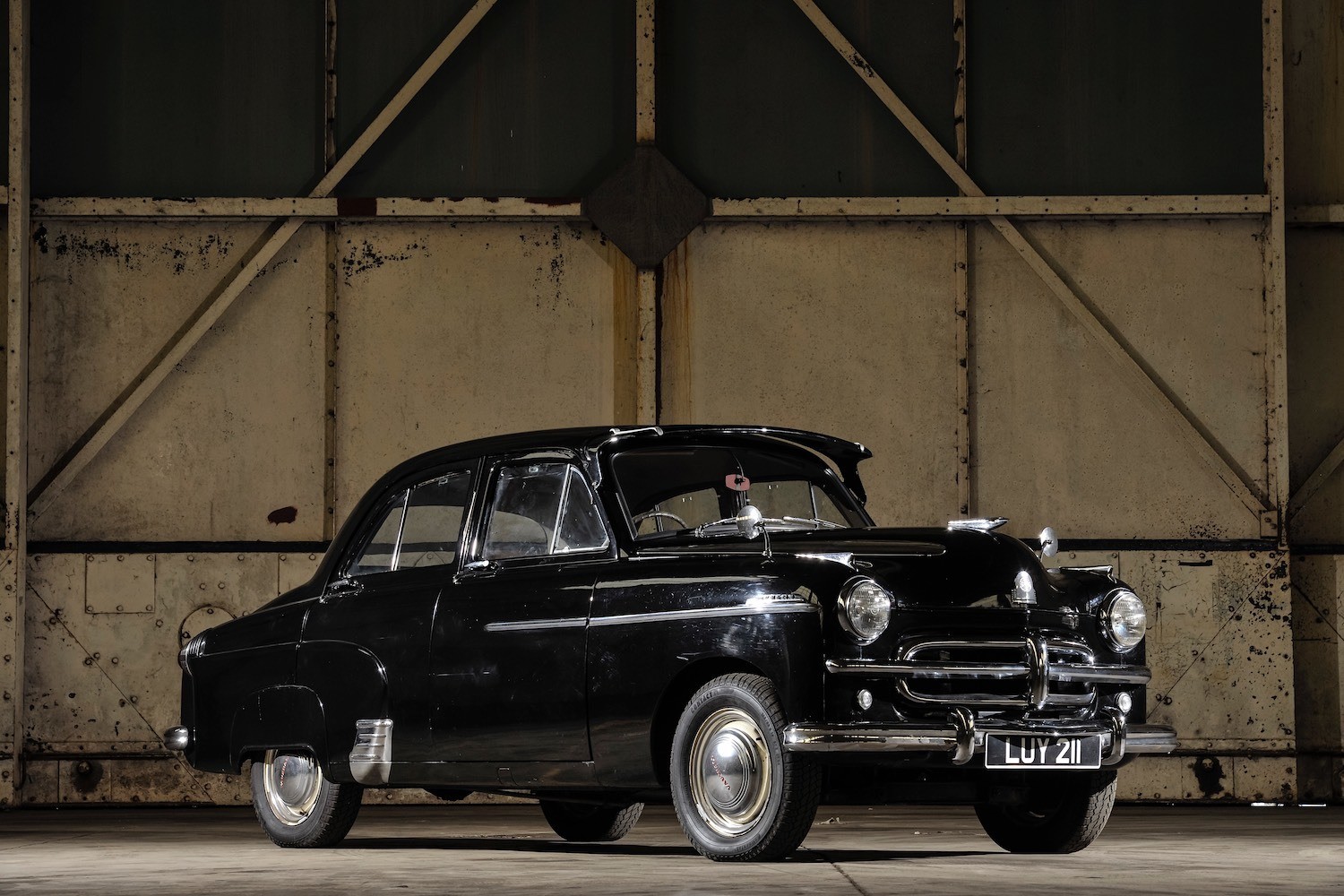
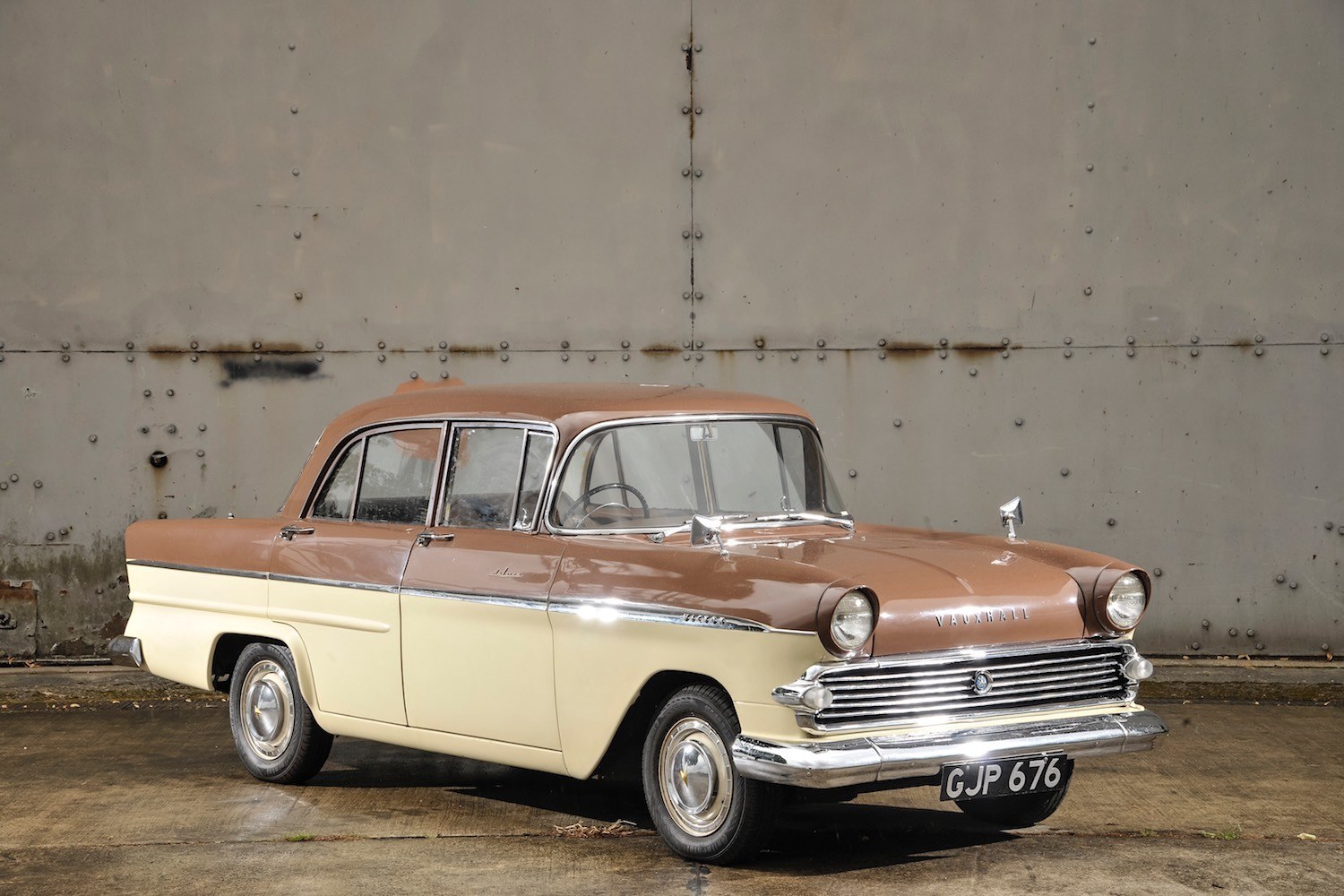
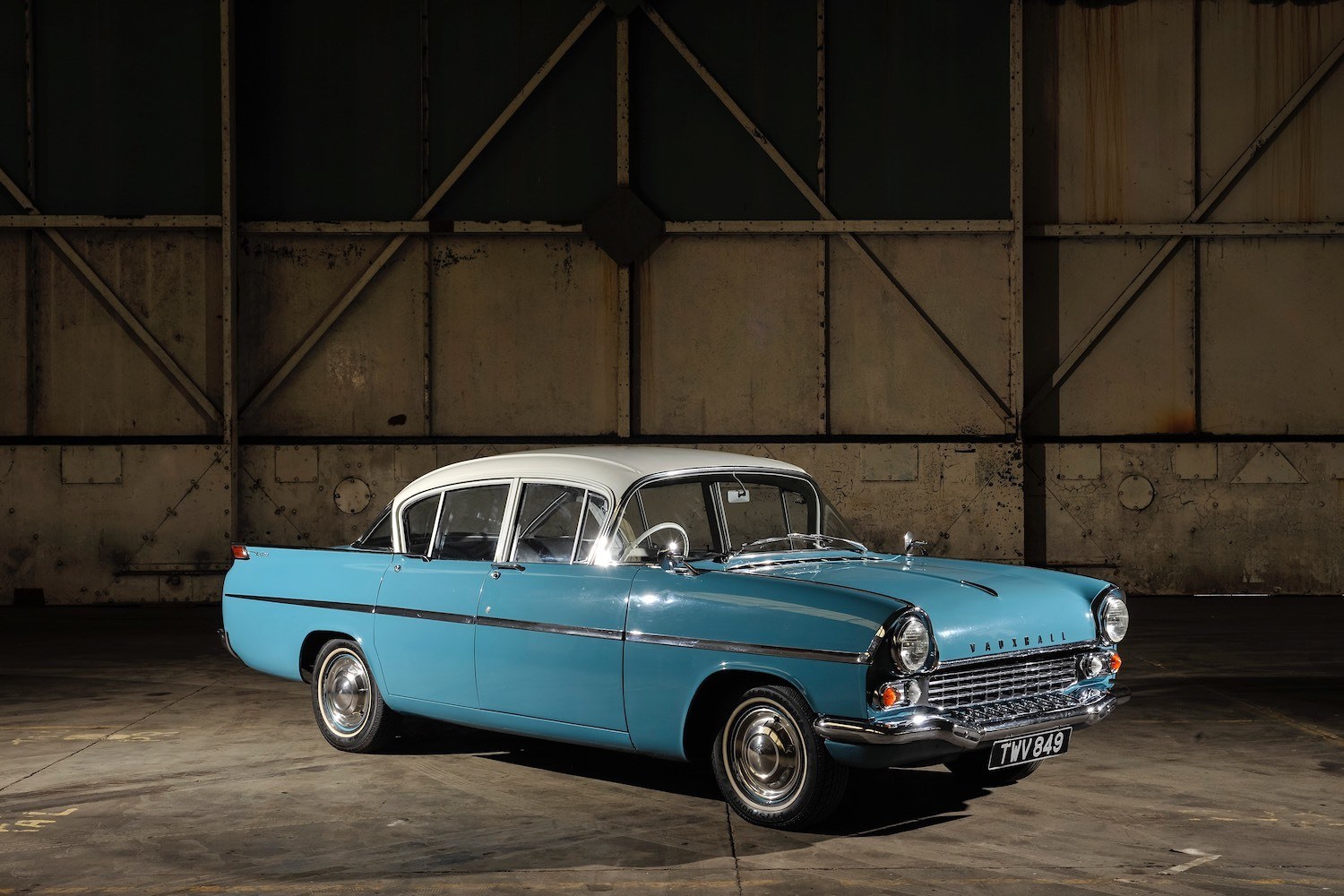
But as a fascinating, educational and really fun day, it would take a lot to beat for this particular enthusiast.
